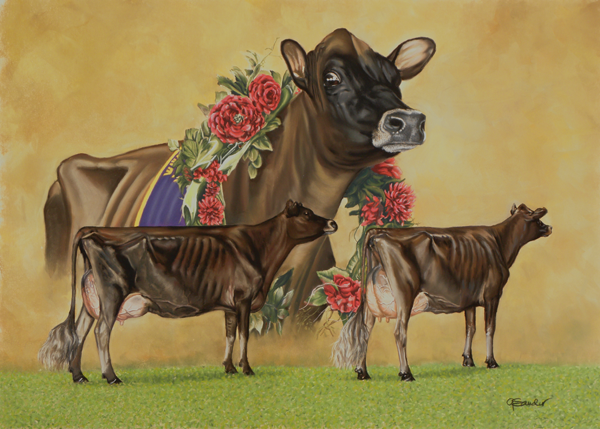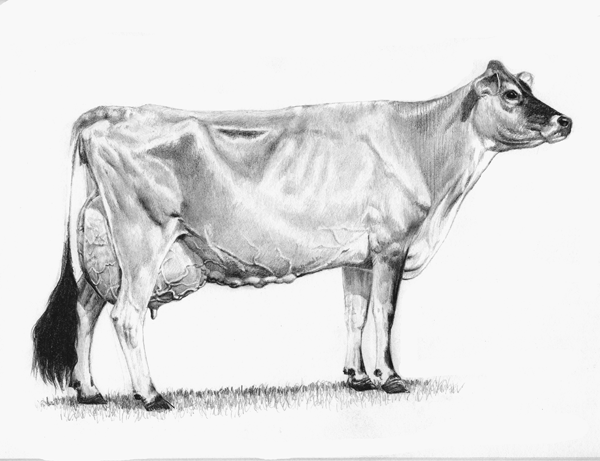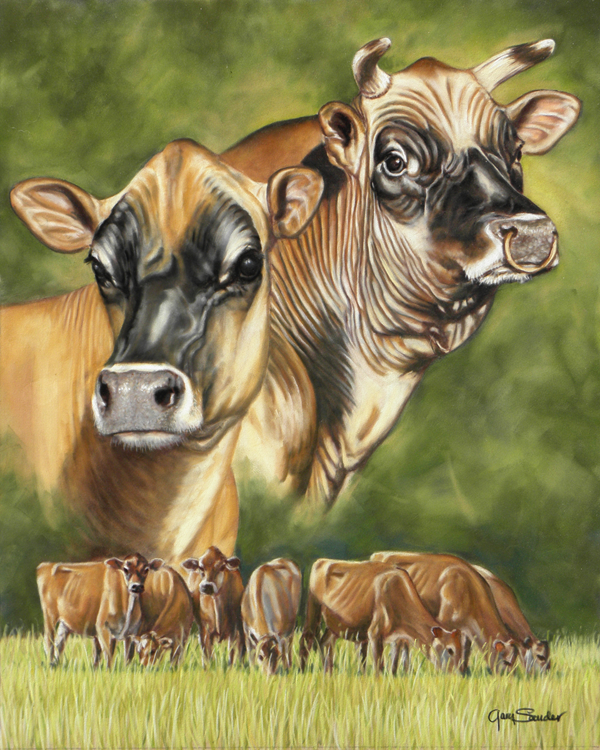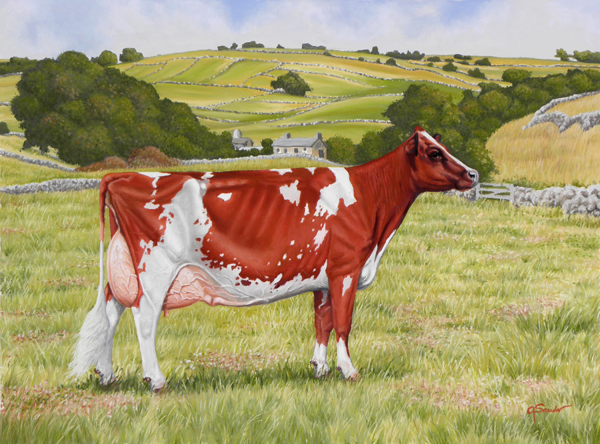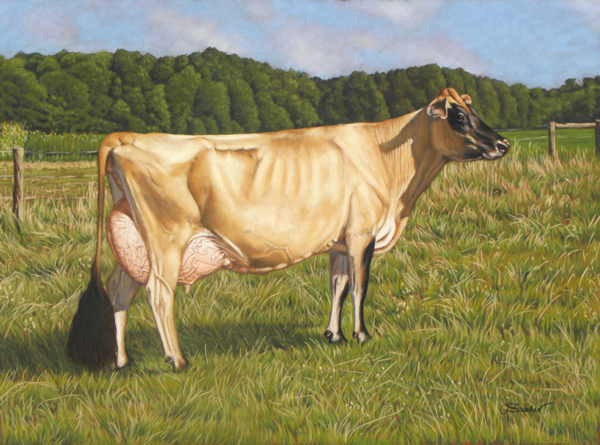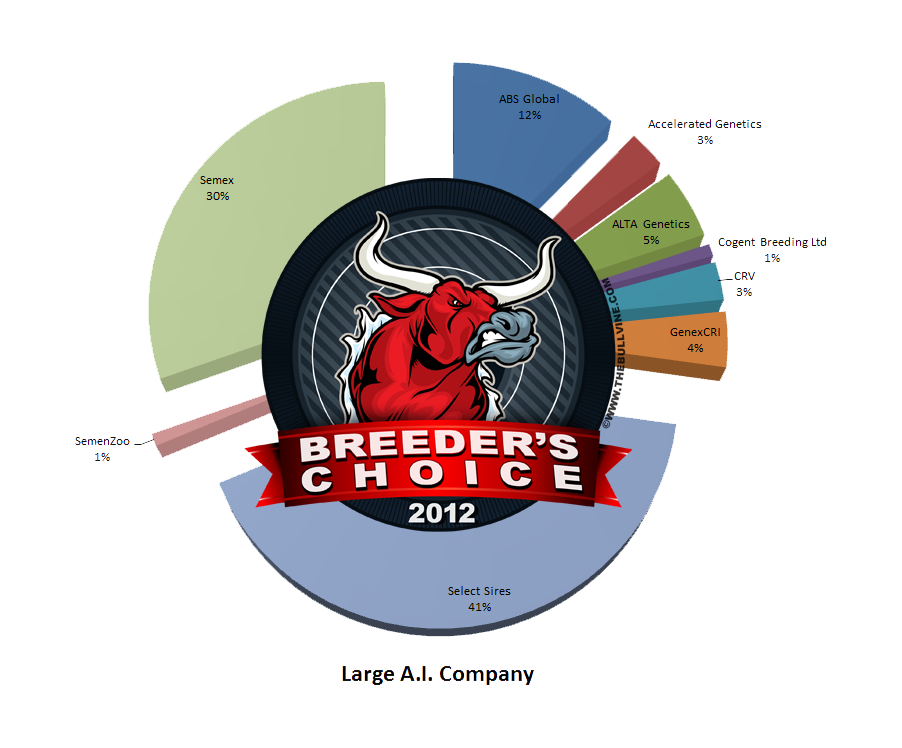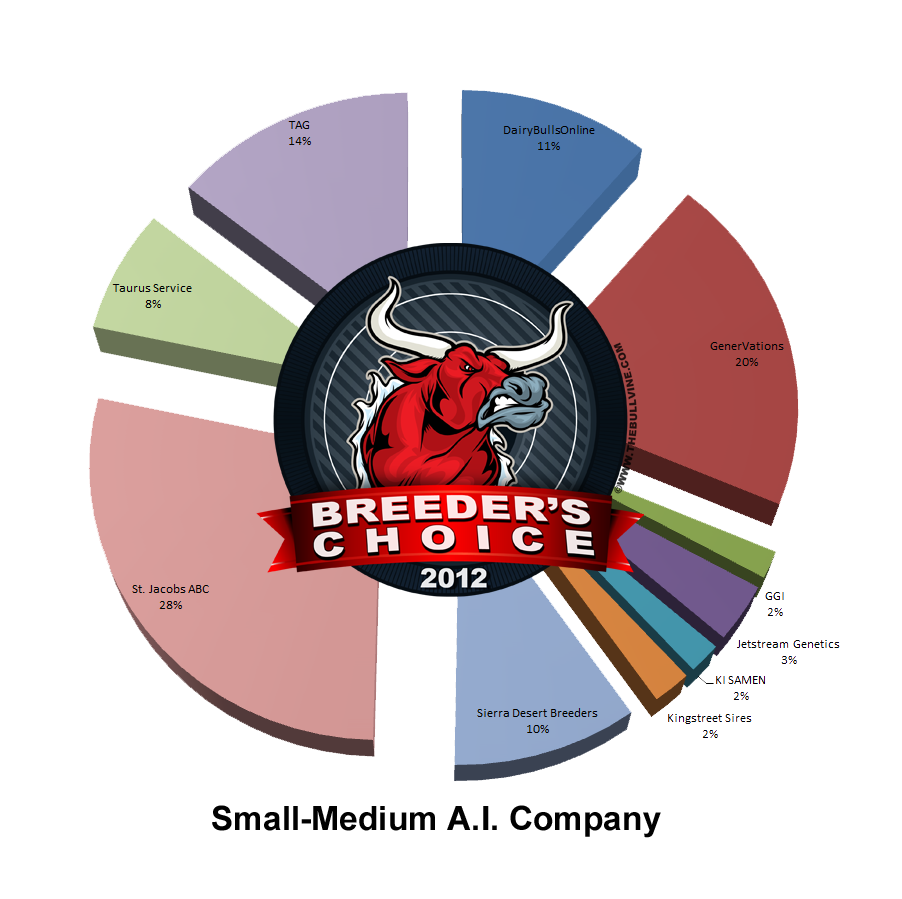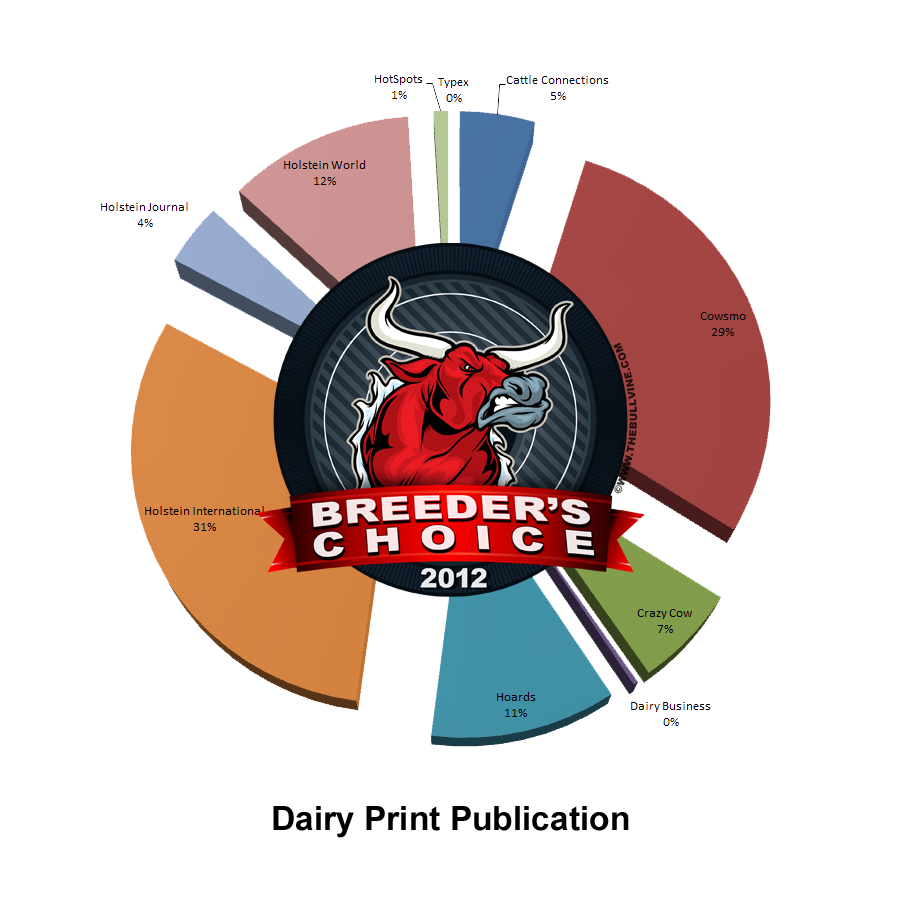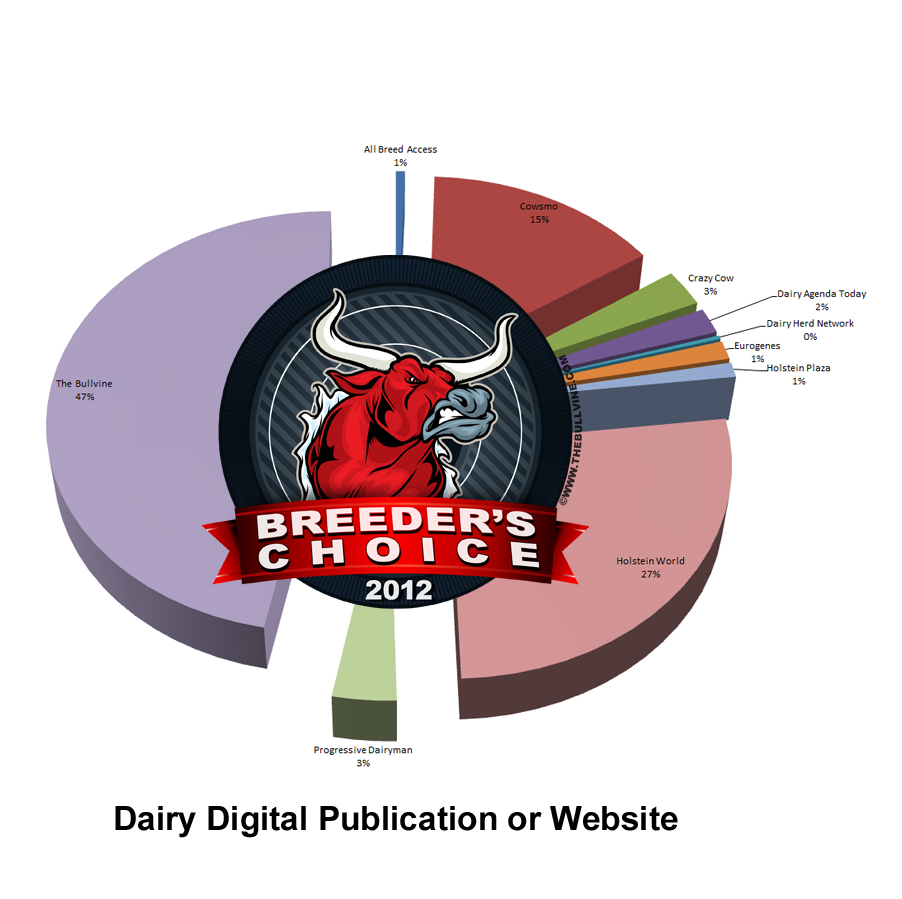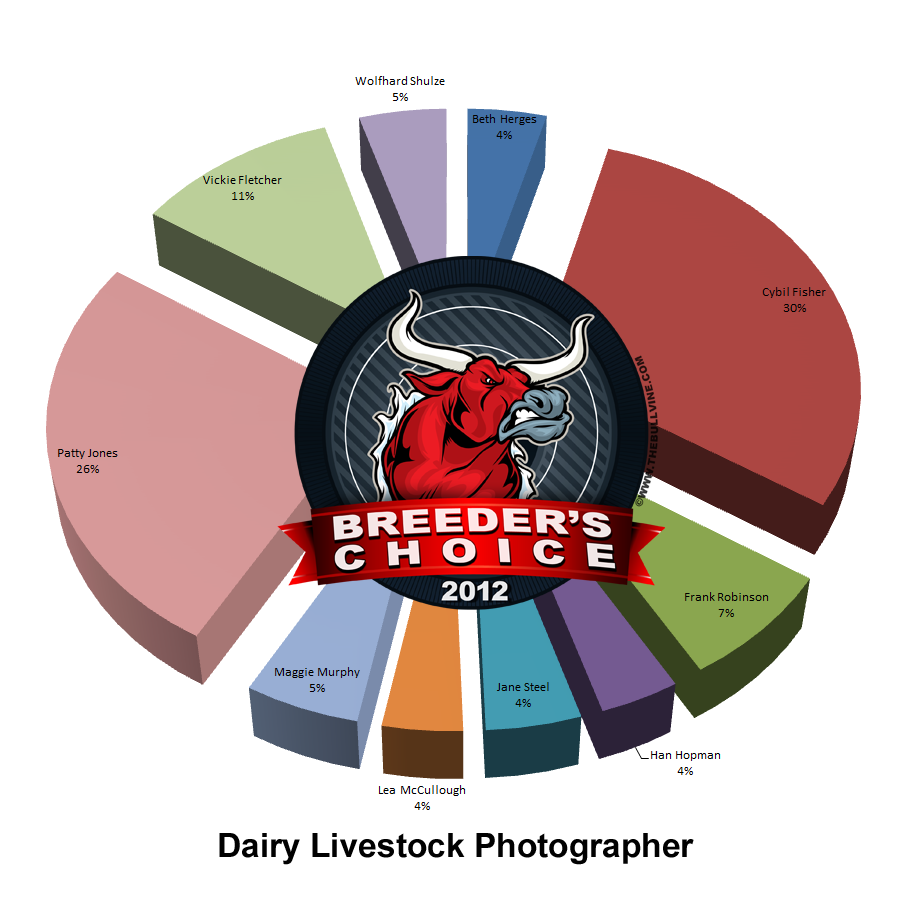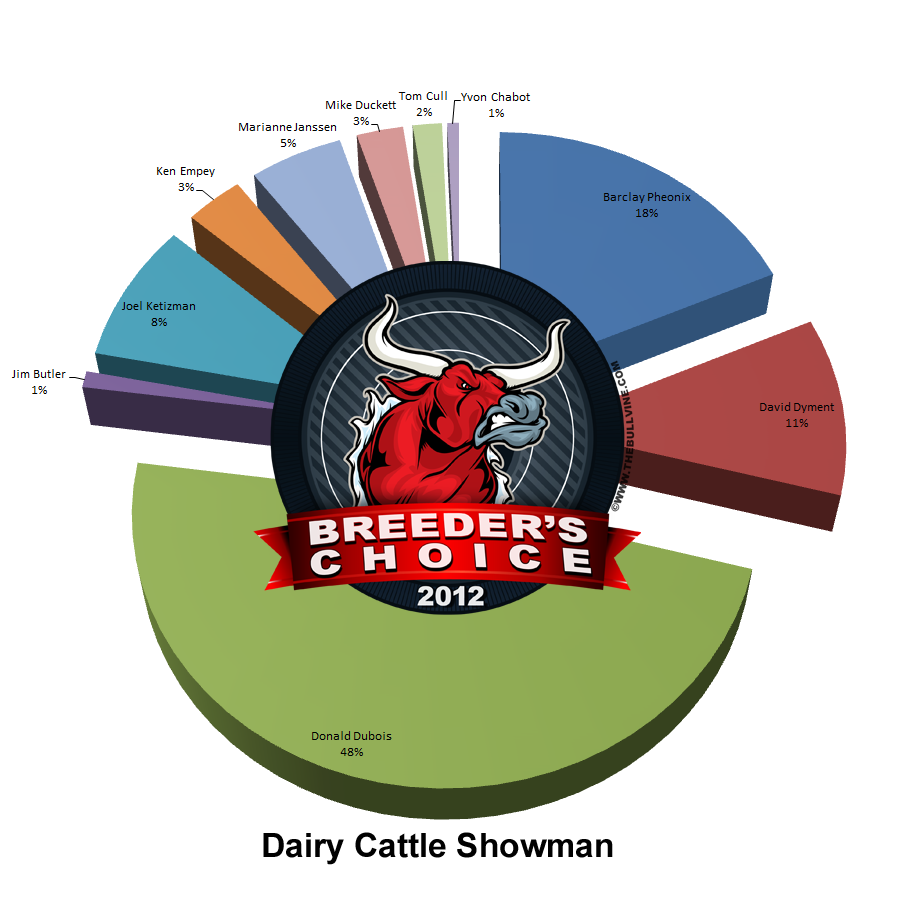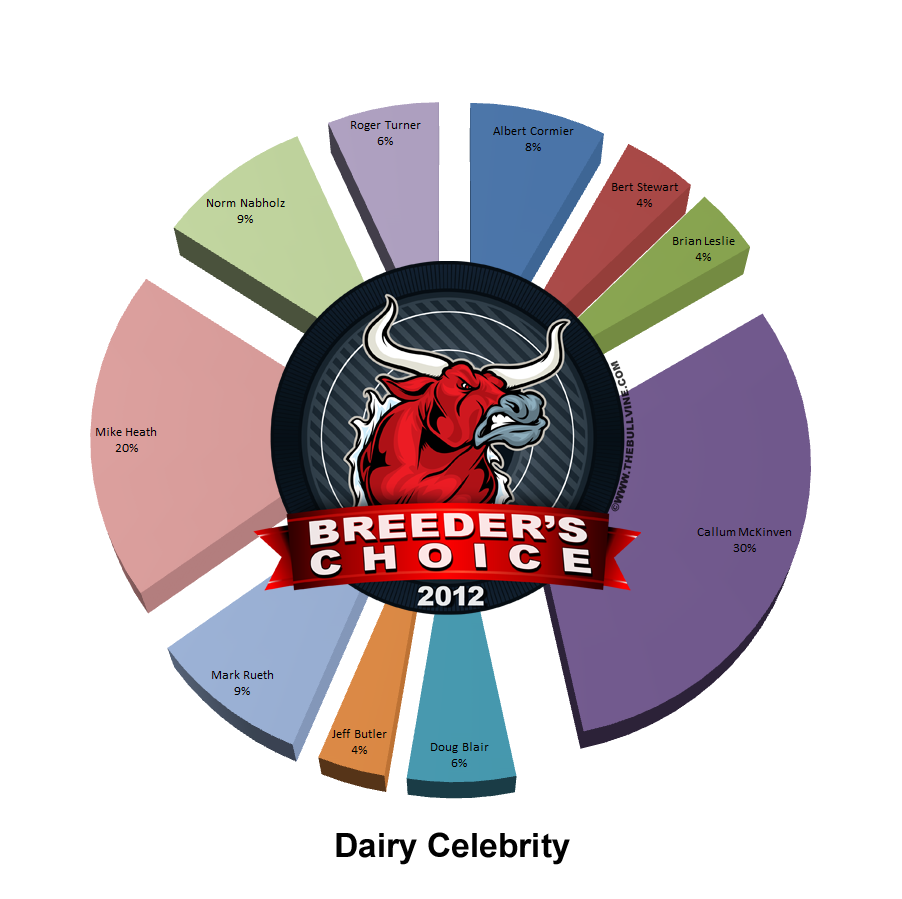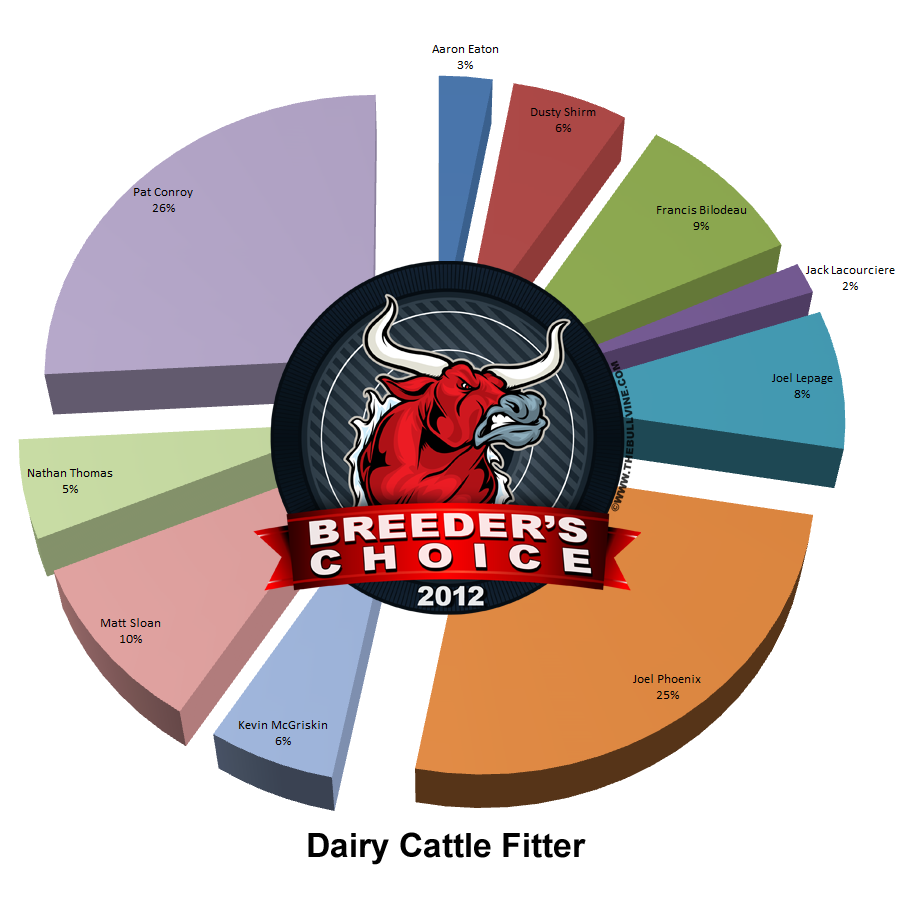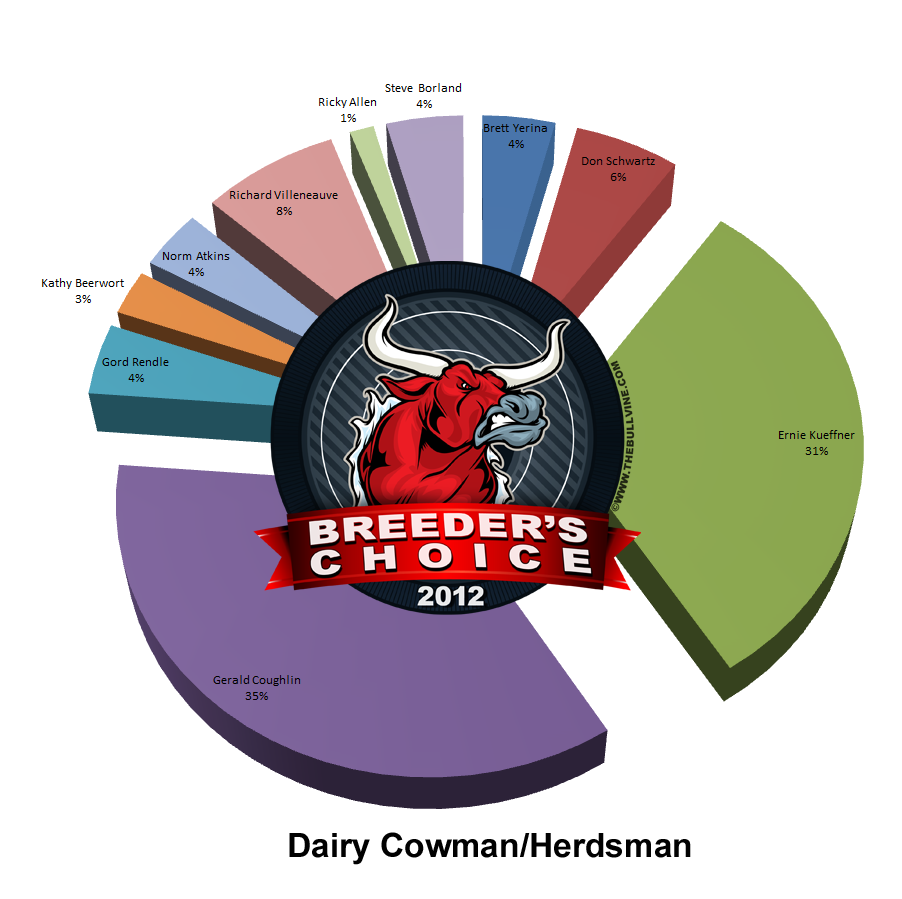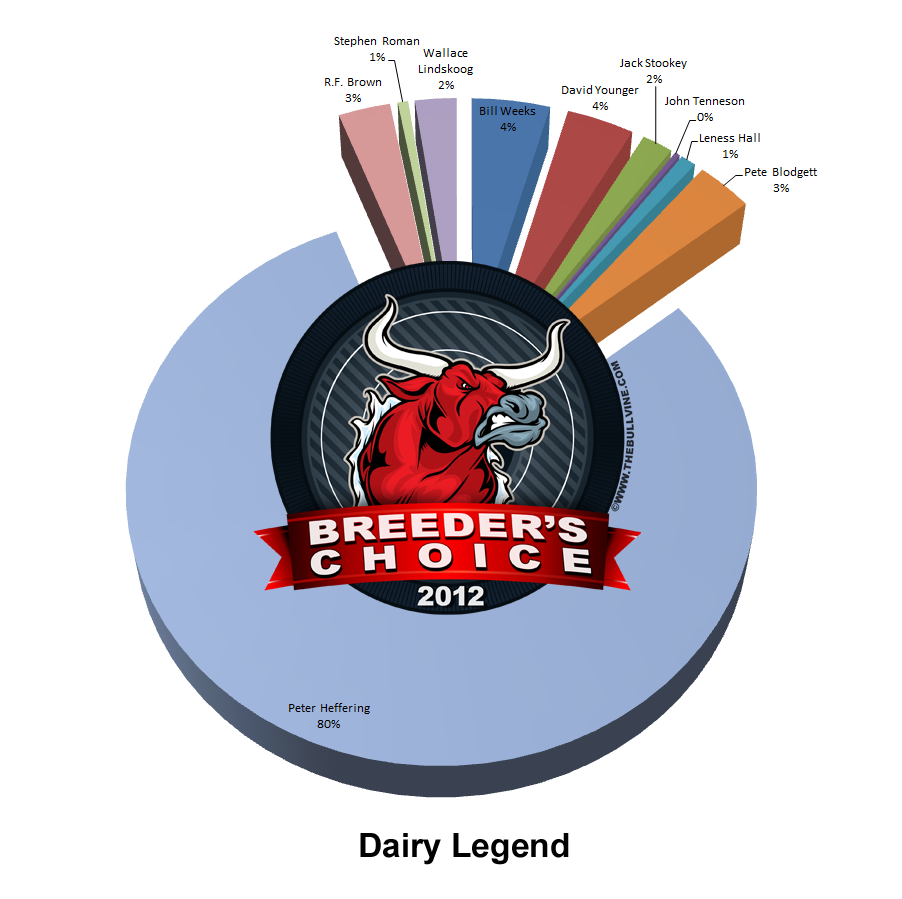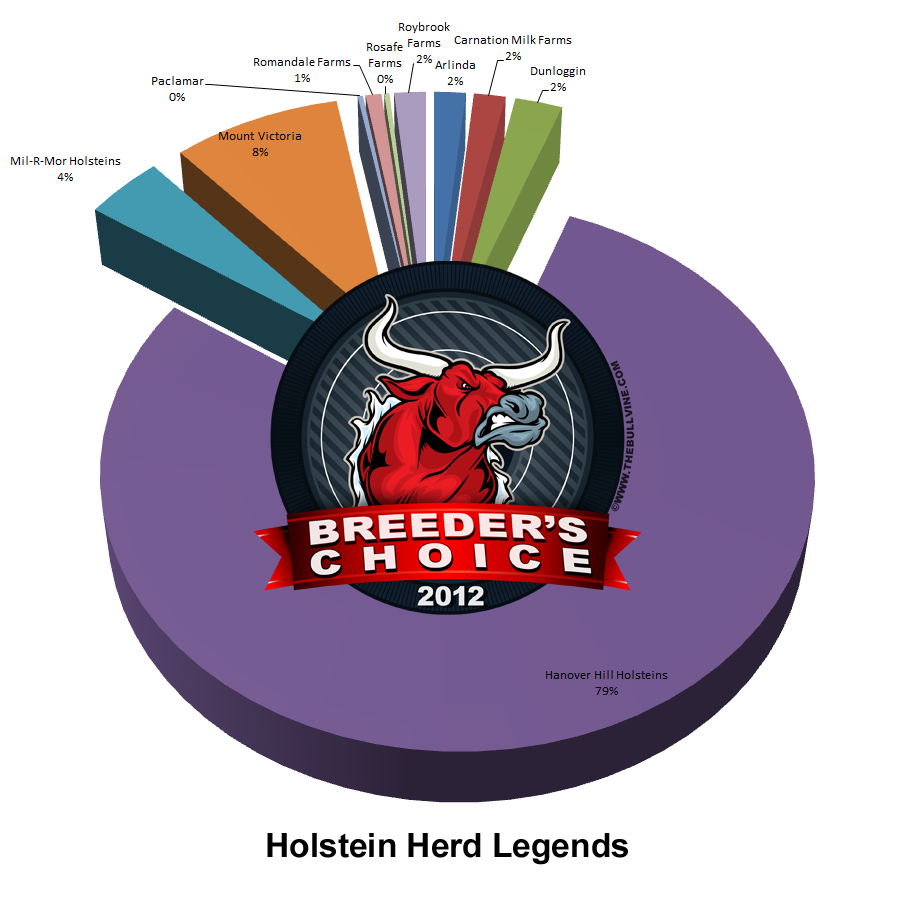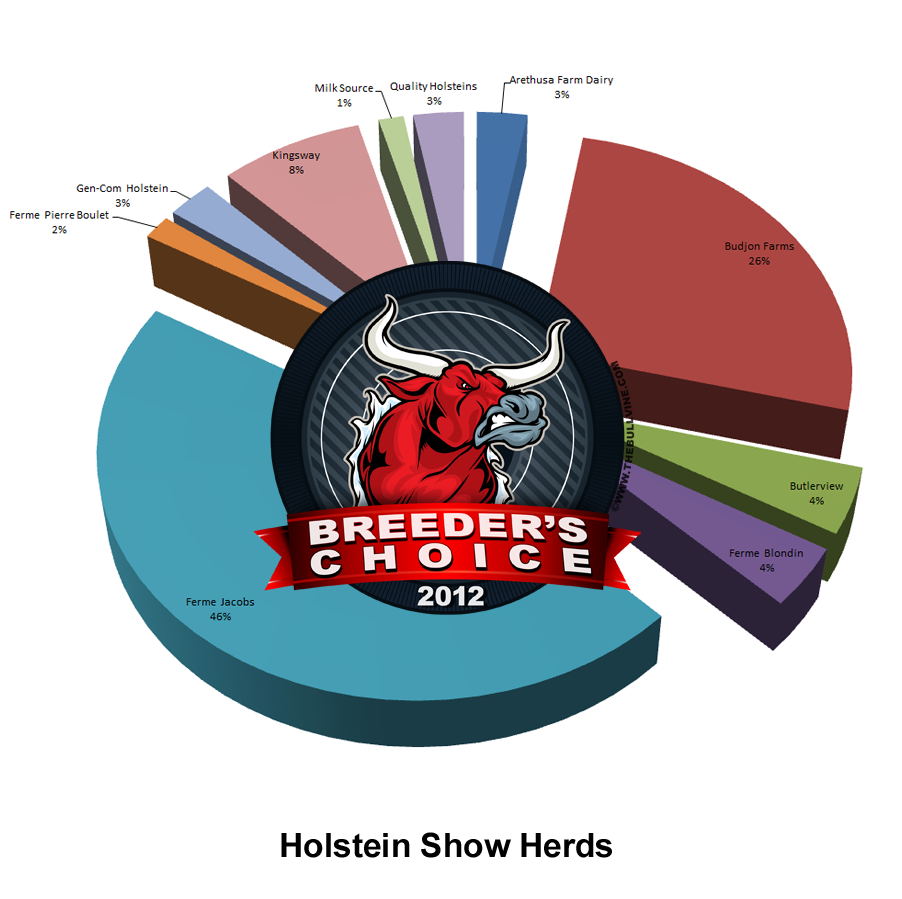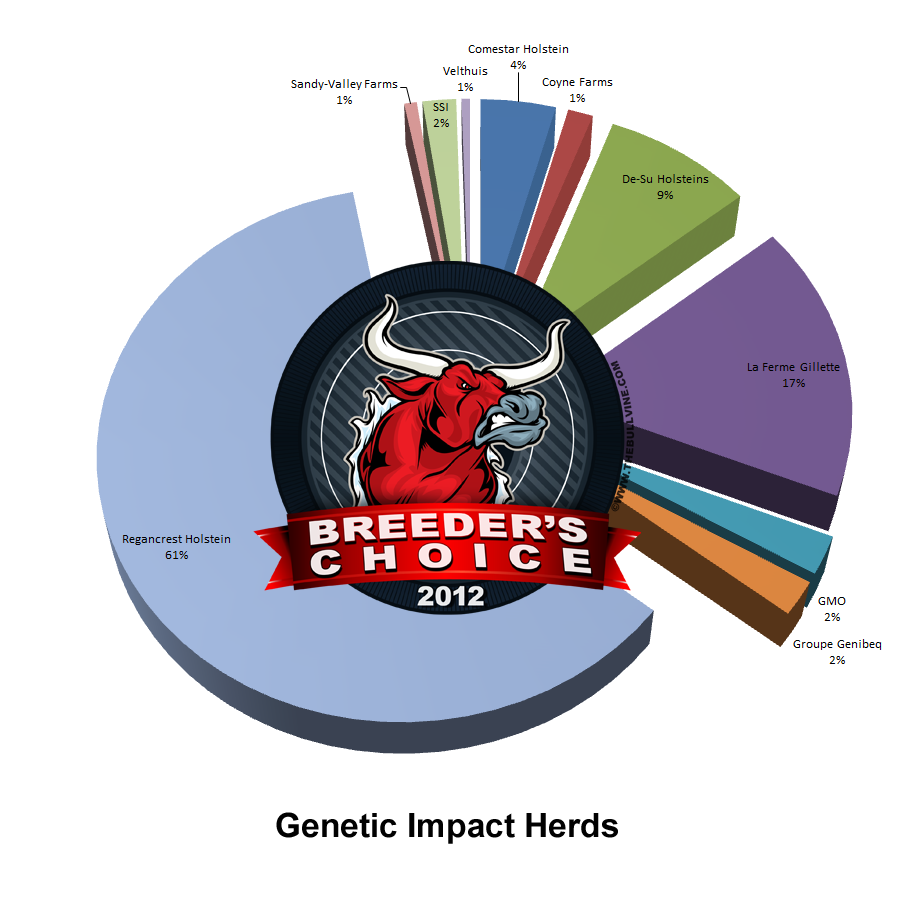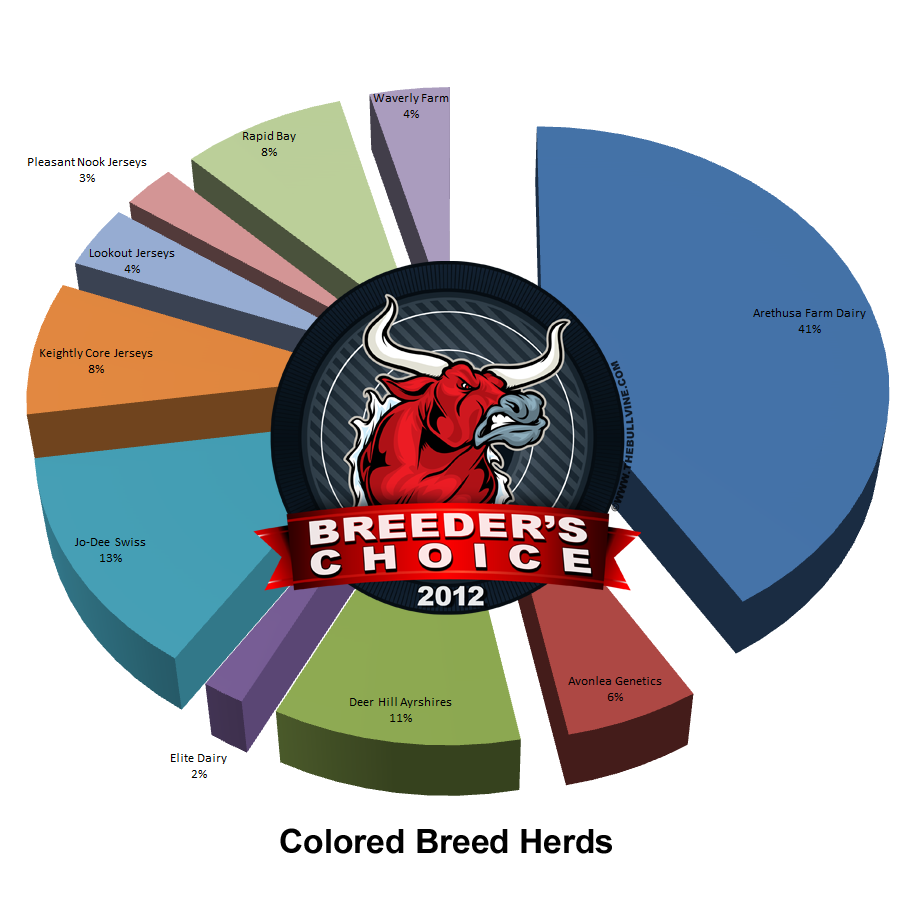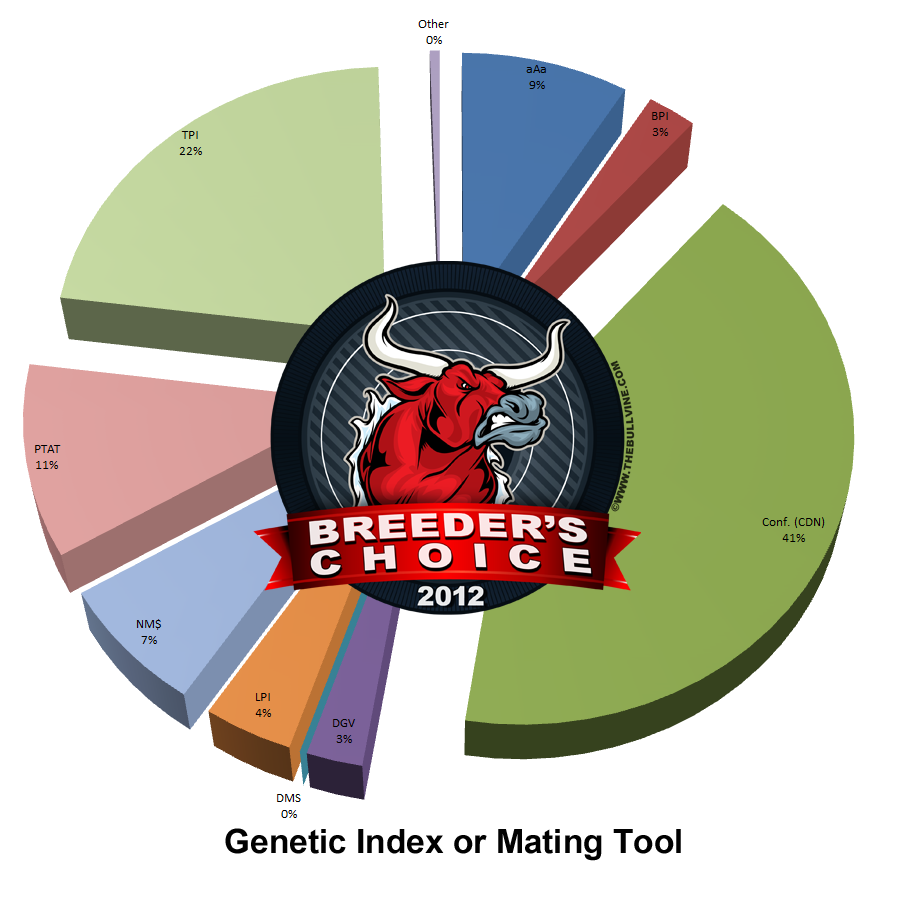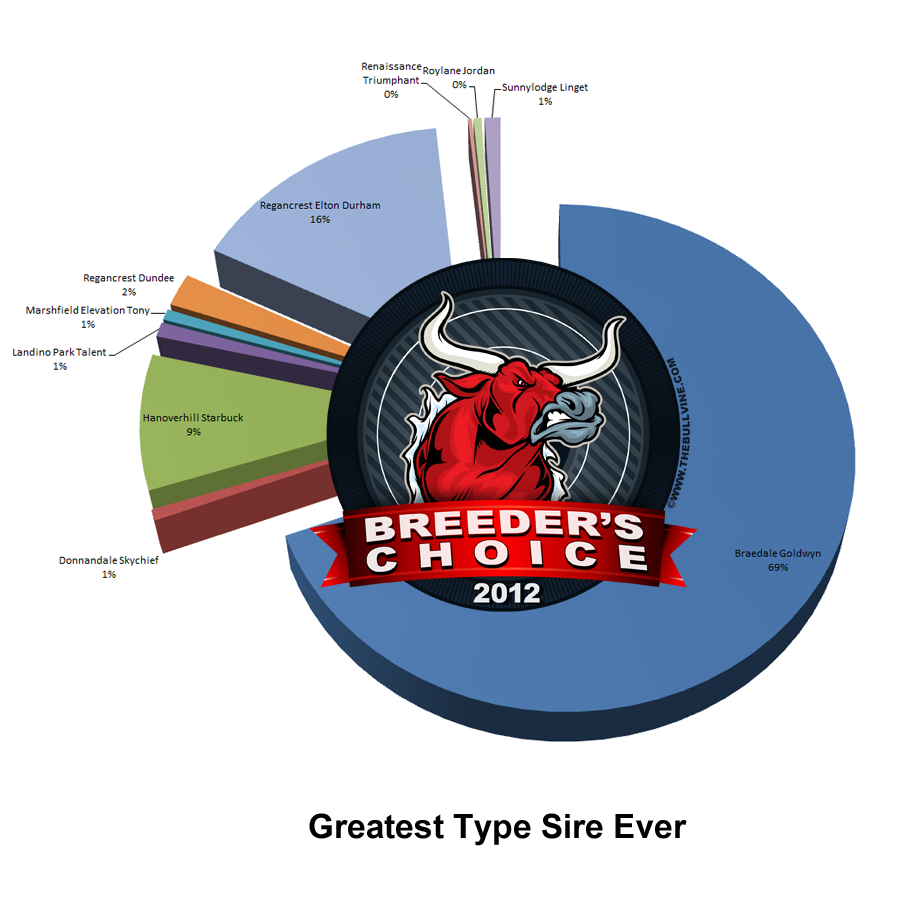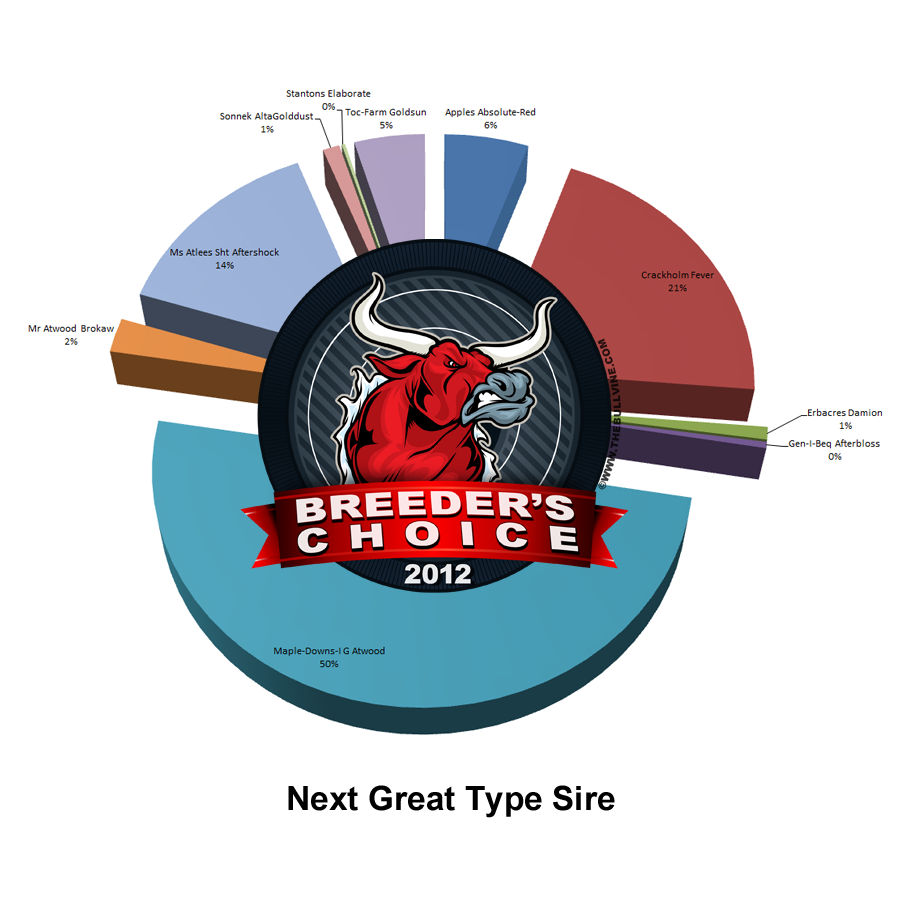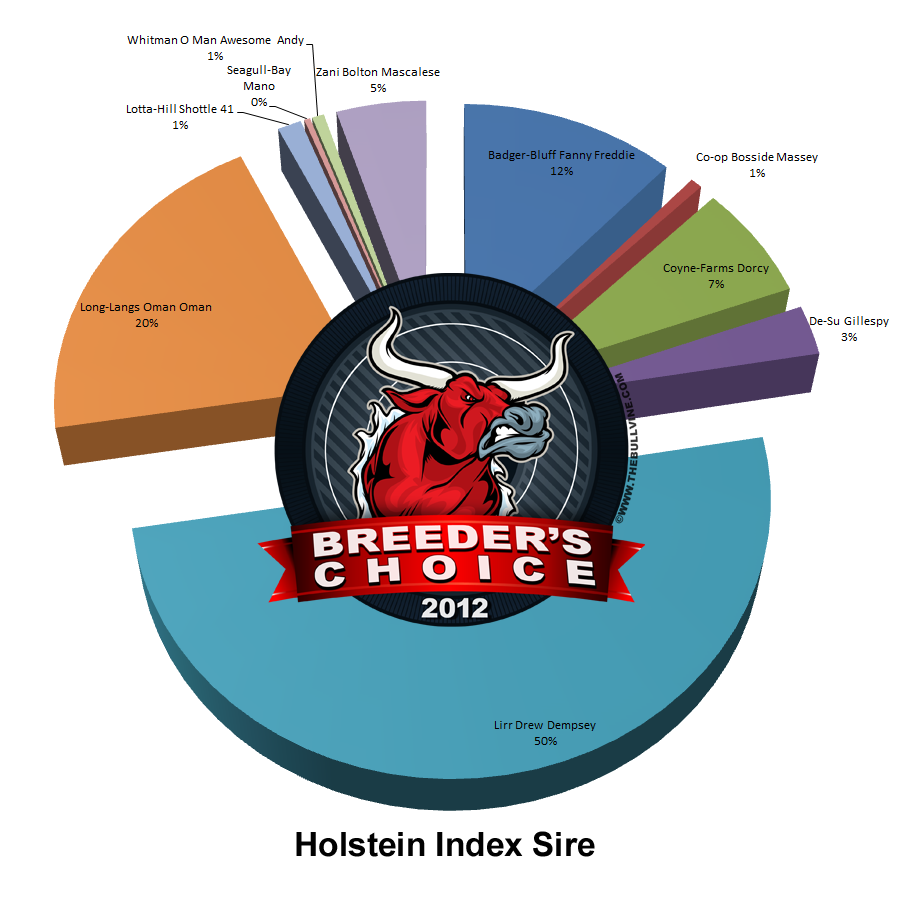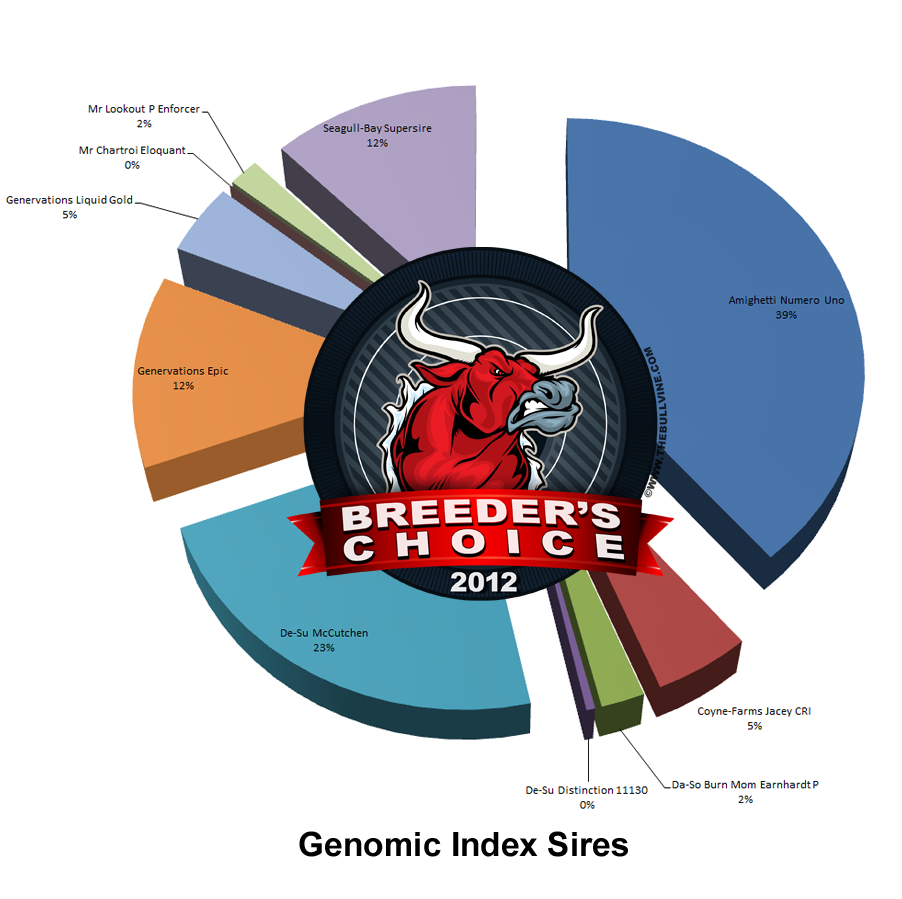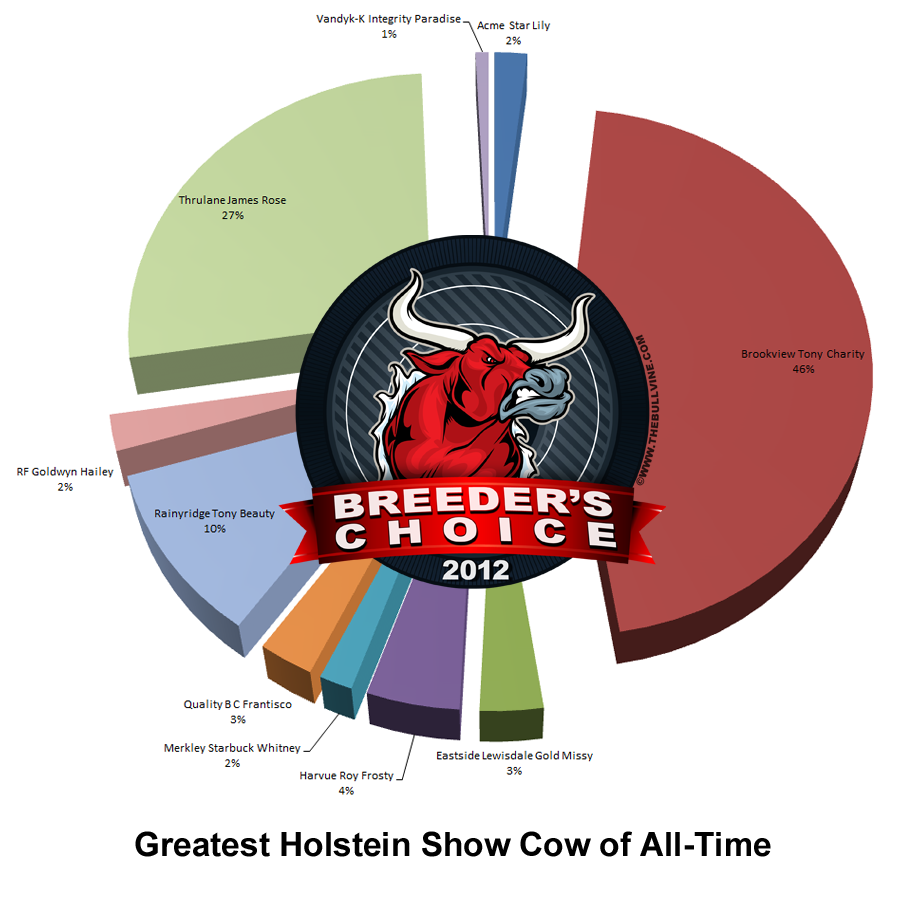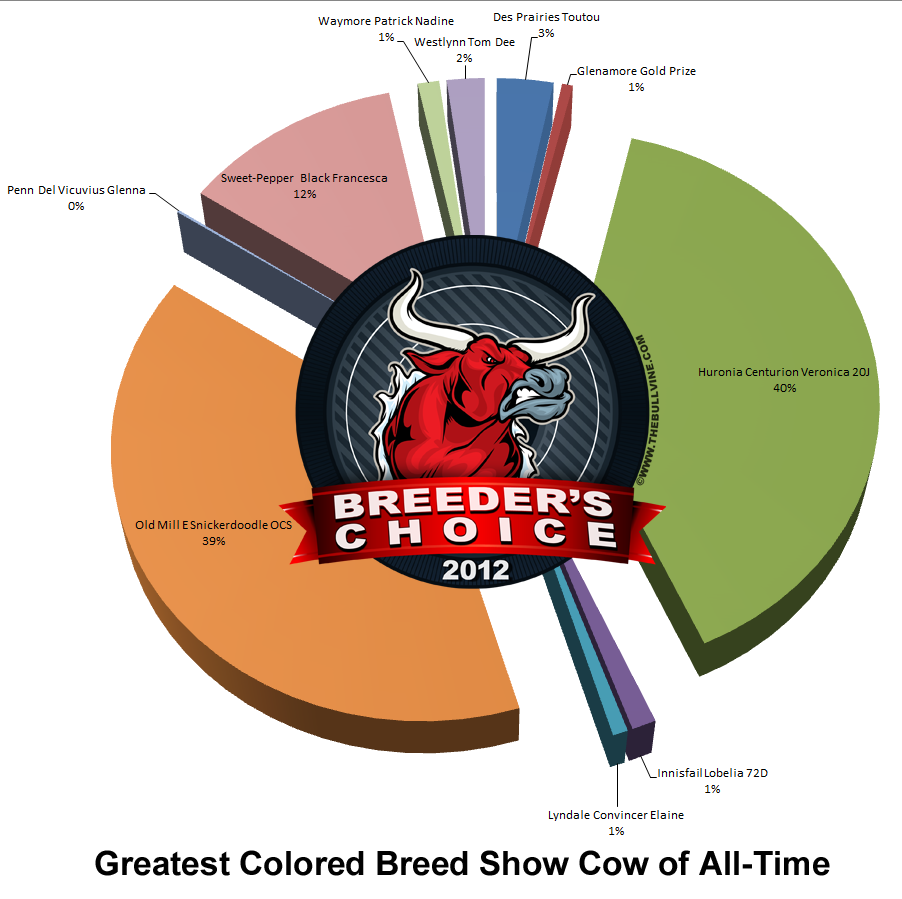Today Jan de Vries and Arjan van der Vlis keep their cattle connections productive through Eurogenes the Netherlands based online cattle auction service. Looking back, it`s easy to pinpoint their early interest in cows. Jan says, “Since I was a little child I have been working on farms. During holidays I always spend time on farms. I always had a special interest for breeding and mating sires.” Arjan too had a cattle connection. “Got my interest in cattle through my father with buying cows, he is a butcher and we searched for the cattle ourselves. Later on I became more interested in dairy cattle and in the breeding of them. Through practical training and family I got my extreme interest in dairy cattle breeding.” No doubt their joint enthusiasm for cattle led them to keep open minds regarding ways to be involved with the business.
Eurogenes Means E(asy) Commerce
In 2000 Alex Arkink, a cow photographer started Eurogenes. Both Jan and Arjan were involved in managing the Eurogenes Sales. After four years Jan ws ready to take the next step with Lammert Hielema. The two of them who own Genetics Consolidated went forward. “In 2004 we purchased all shares from Alex Arkink.” Arjan is the Business Unit manager for Eurogenes. They were excited at the possibilities presented by this young company. “Eurogenes was among the first companies in cattle breeding to really use internet as its main marketing gateway.” Jan confirms their belief in this idea. “We have always felt the simple concept of having members consign embryos, calves and now also bulls to sales is a very strong one.”
Buy, Buy Bovines
Eurogenes is part of Genetics Consolidated B.V. This group of companies also includes Diamond Genetics, Holstein Plaza, AI Total, Holstein Select and more. In a little over ten years there has been significant growth. “Eurogenes currently has 150 members from across Europe. Once a month there is an embryo sale and 2x per year there is a heifer sale. The next sale is in March.” Everything works smoothly. They explain. “The Heifer sales work according to the Dutch Auction system, in which an animal starts with a start price and then goes down each day until a buyer decides to take it for that price.” They are pleased with the interest and report that embryos have been exported to 25 different countries.
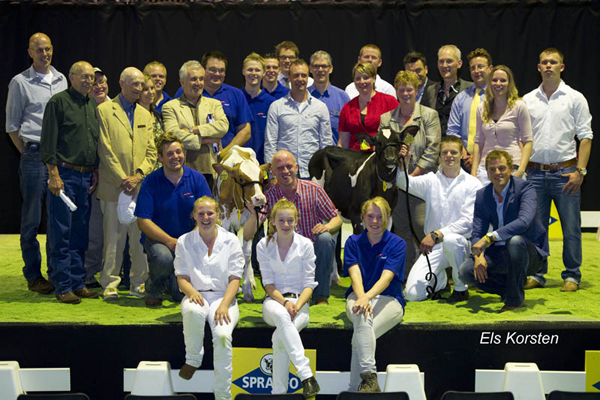
Holland Masters Sale 2012
Managed by Eurogenes and had the highest sale average ever in Europe with EUR 15.809
Eurogenes has Sell-A-Bulls … and cows.. and heifers… and embryos
On line cattle sales are proving to be dynamic for Eurogenes. “Current cow families that get a lot of trade done are the Atlee’s, the Roxy’s, the Ralma’s, the Barbie’s, the Altitude’s. Then there are always some specific cow families from a specific country like the Denmire Marie’s from the UK, the Rita’s from Holland, the WEH Janna family from Germany which can get a lot trade done.” The sales inventory has something for everybody. Arjan gives examples. “Eurogenes stand for offering a wide range of Holstein Genetics, from top genomic females to show type animals to good families that a lot of cow lovers would like to work with in their barns at home.”
![magazine-hotspots-covers[1]](https://www.thebullvine.com/wp-content/uploads/2013/02/magazine-hotspots-covers1.png) Eurogenes: E(asy) Commerce
Eurogenes: E(asy) Commerce
Filling a niche and providing breeders with what they want is only part of Eurogenes success. “Eurogenes has been the first in the industry to start selling heifers on line and still has all the online record in Europe for sale averages. Eurogenes and Holstein Plaza together make the Hotspots magazine. This magazine gives you a perfect insight into what is going on on the main breeding farms and what cow families are being actively worked with.” Jan and Arjan explain why they are on the leading edge. “Eurogenes is still the first company in the world to host online bull sales with bulls for AI companies. Inventing new things and keep going forward always looking for improvement is probably our biggest accomplishment.”
Don’t stall. Get off the Auction Block. Just start.
With any new business there are new lessons. Both men feel that they are learning something every day. Having said that, they feel that you have to make the leap and learn some lessons as you go. “Our biggest lesson is probably that you learn by doing. If you have an idea, if you want to do something you have to do it and see if it works and then keep improving.” There is always more to learn so Eurogenes is always learning and trying new things. For example, Eurogenes is organizing a big live sale each year. Jan provides this update. “This year the sale will be on the farm of Eurogenes members JK Eder Holsteins on May 25th 2013.” They proudly point out that, “This sale will contain 100% Eurogenes member consignments.”
Genomics is Spreading the Opportunities
One of the biggest learning curves for any 21st Century cattle breeding business is the one presented by Genomics. This new tool is impacting every part of the industry. Everybody has new opportunities. Jan explains, “Part of our business that is driven to make the bulls for AI companies has changed with genomics, since the world is more transparent. Embryo buyers in other countries than the former main suppliers of AI bulls suddenly have just as much chance to get a high bull that the AI companies want.” This is exciting for everyone. “People who want to are able to bring in embryos or a heifer to improve their herd. They can use genomics as a tool to make a better selection and make better matings.”
Genomics and Technology – 2013
The Eurogenes team points out that April 2013 is going to be interesting with the opening up of genomics. “It is going to be interesting how many things will settle out after this; how is the European Consortium going to respond, what will Interbull’s role be, who is in favour the big multionational AI company or the small flexible AI company.” At the same time that this is happening, technology will continue to evolve and impact the marketplace. “Then we will see new things coming after Facebook. There will be new and better applications. The technology on pc’s, smart phones and I-pads will keep developing.” Beyond these tools, the trading word is changing as well. “The world wide growing demand for milk will create new Holstein countries.” Far from being overwhelmed these entrepreneurs are excited.”There are always more things that we do not even know about.”
The BULLVINE Bottom Line
The last decade has seen tremendous changes in the selling of cattle internationally. Not everybody has the ability to manage a website themselves and attract visitors. Jan and Arjan have the expertise. “Eurogenes is doing all the work. Visitors from around the world will see your top genetics with a great presentation. “ Today the sales logistics whenever you want to buy or sell are as simple as a few clicks on a keyboard. If you are ready to consider marketing genetics internationally, Jan and Arjan have one final piece of advice, “Eurogenes is open 24/7 to advertise your genetics.” Don’t just love it. List it!

Get original “Bullvine” content sent straight to your email inbox for free.





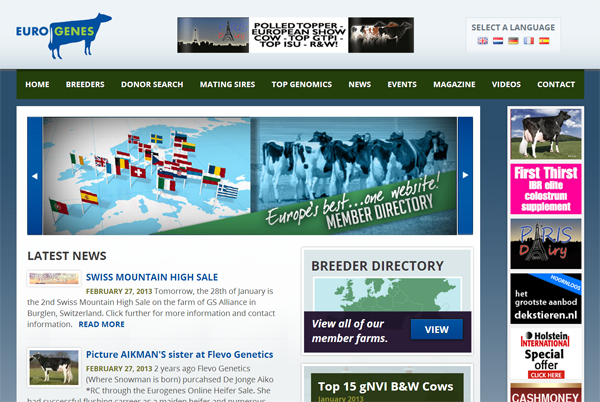
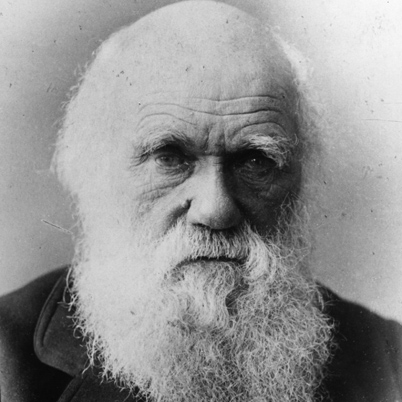
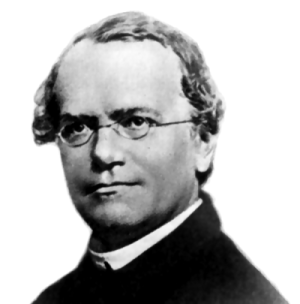
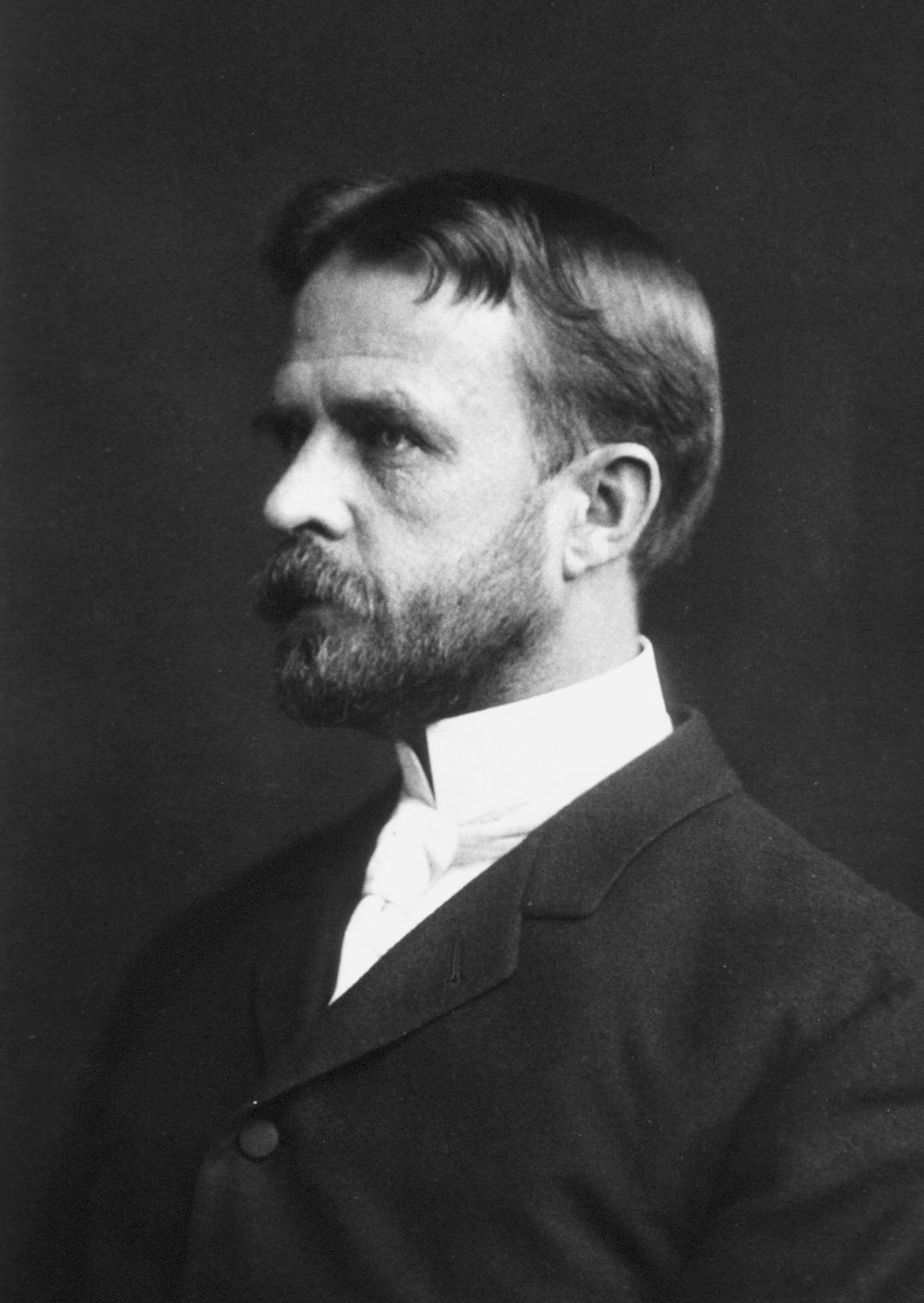


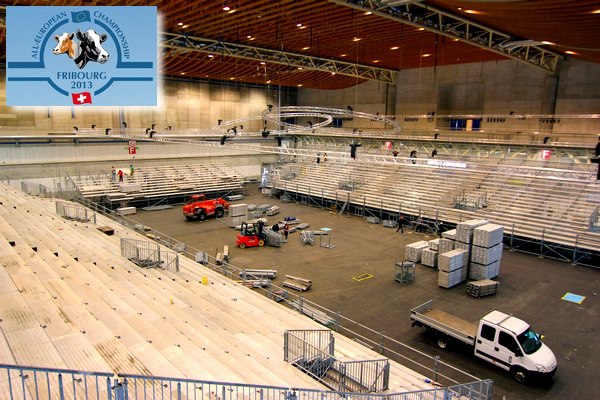
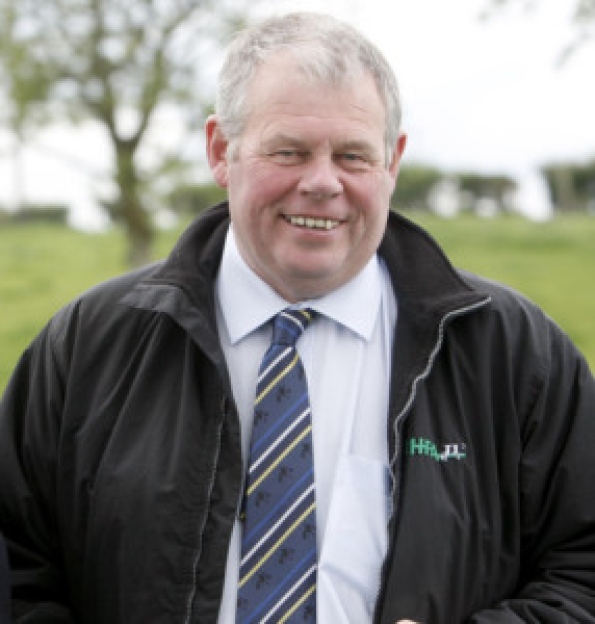
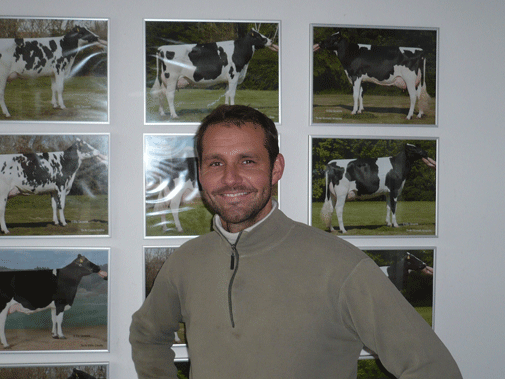
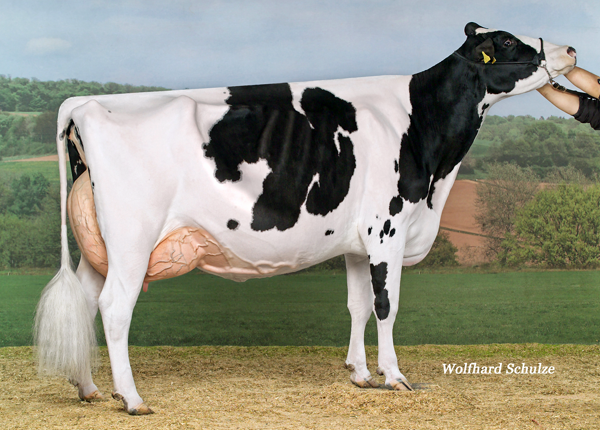
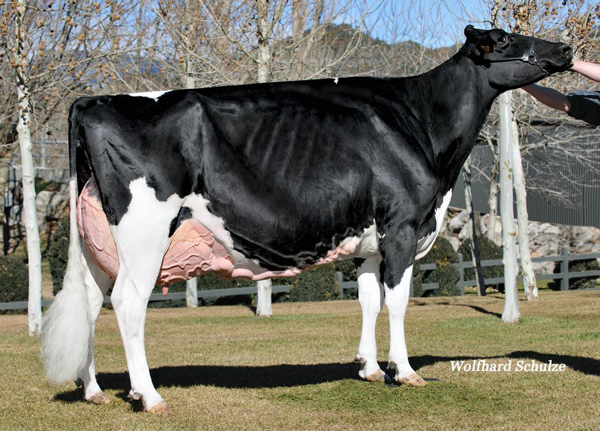
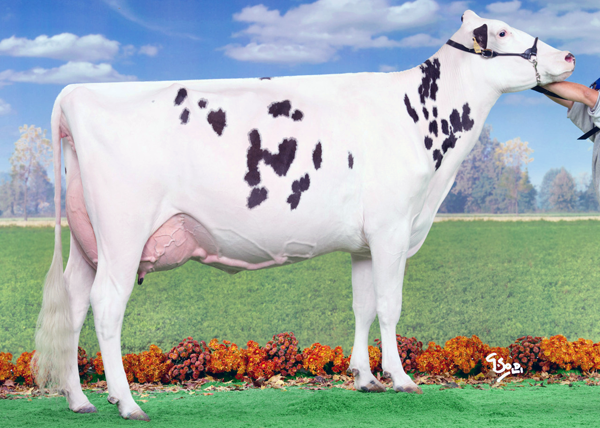
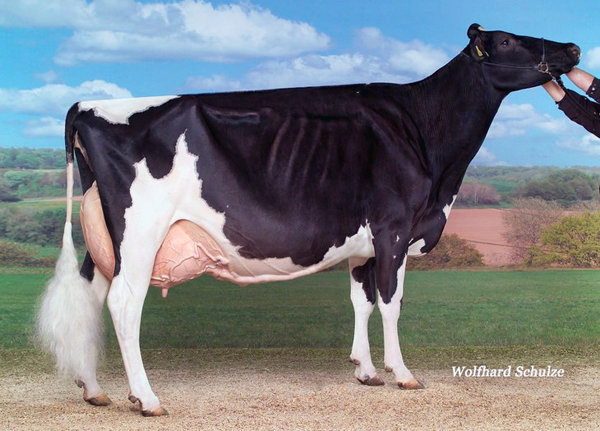
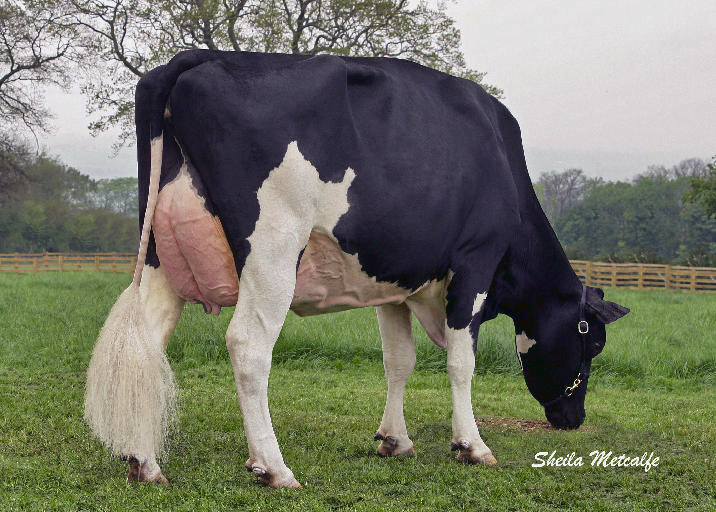
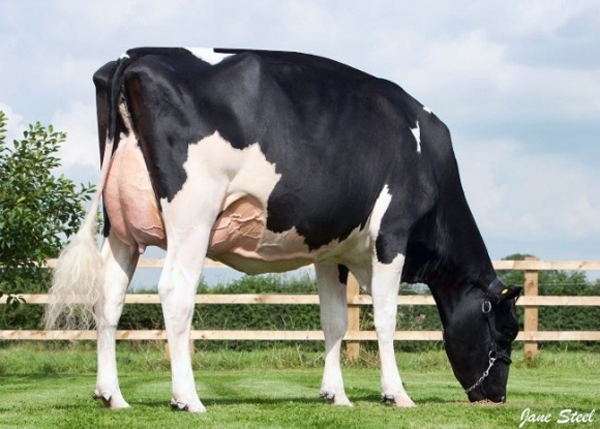
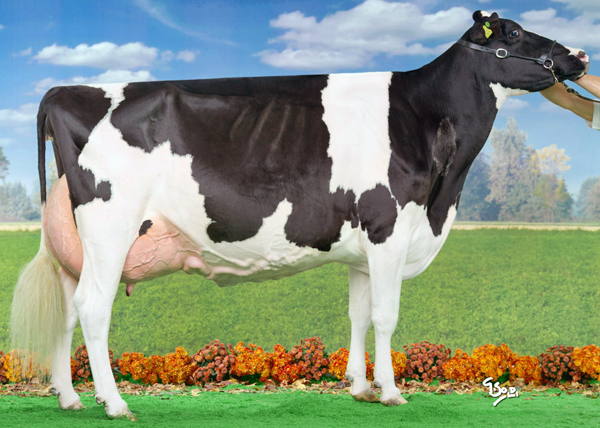
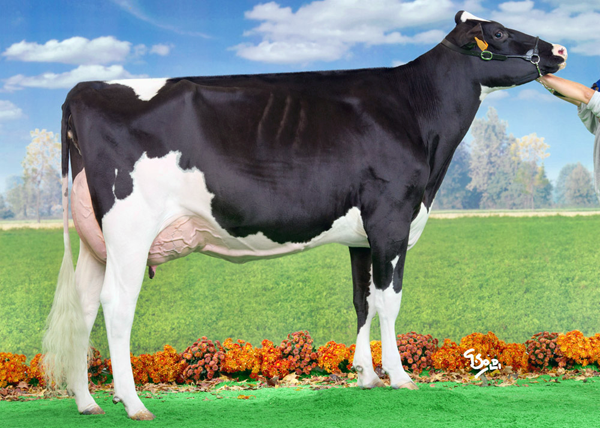
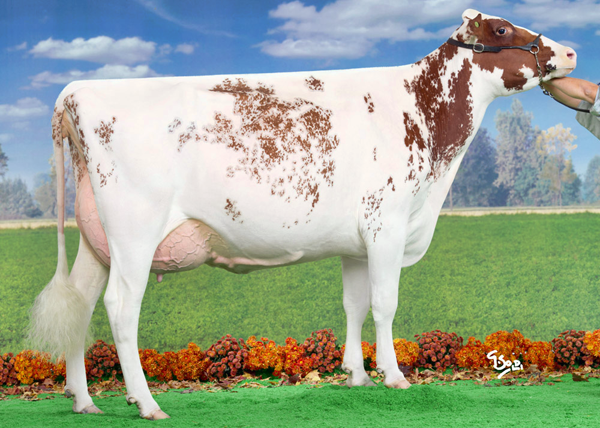

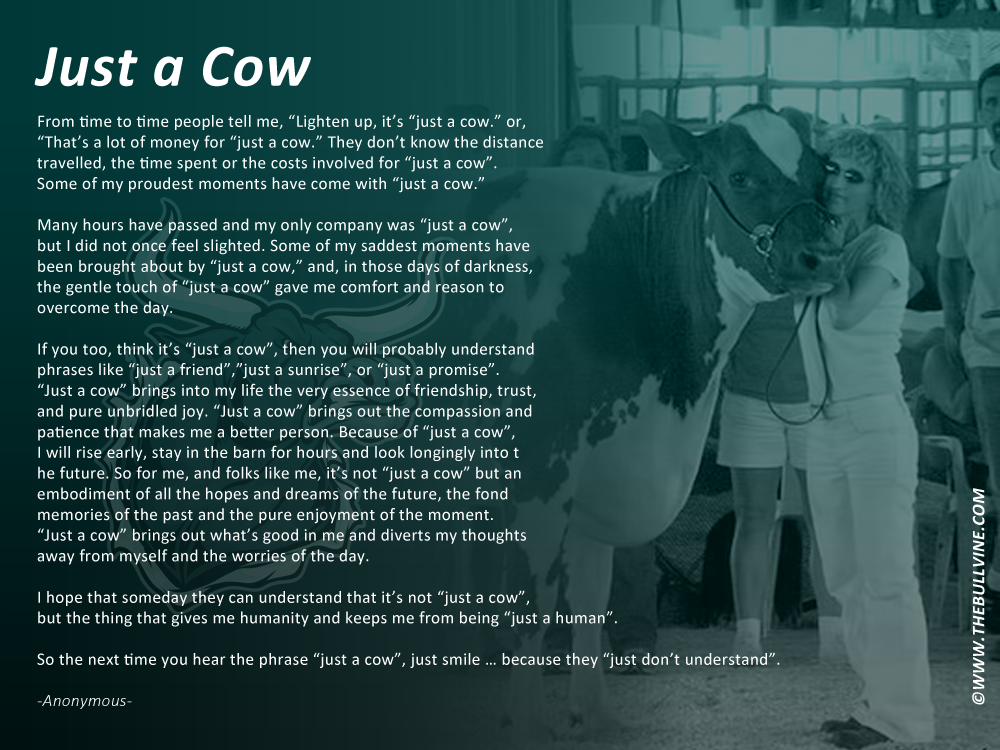
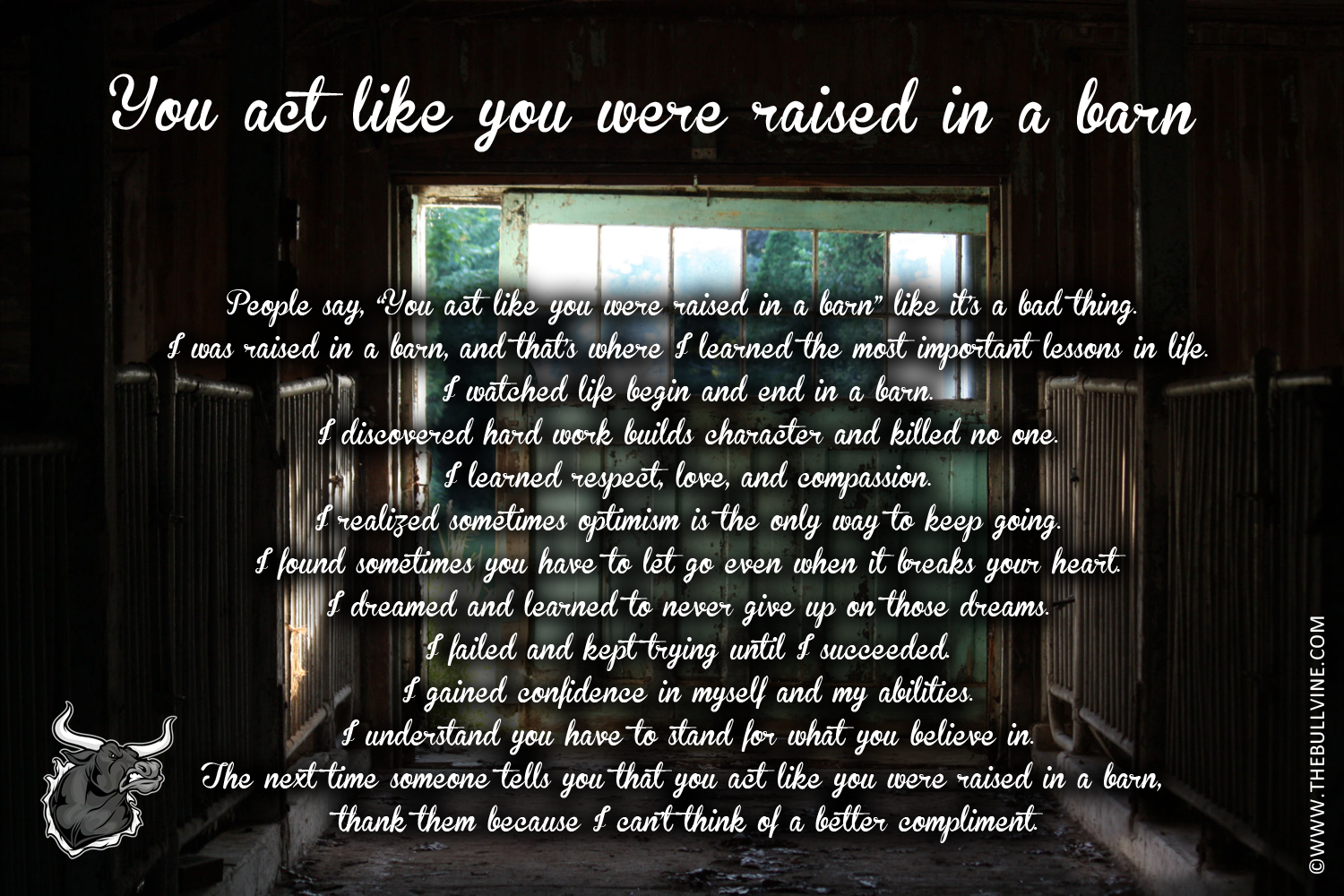
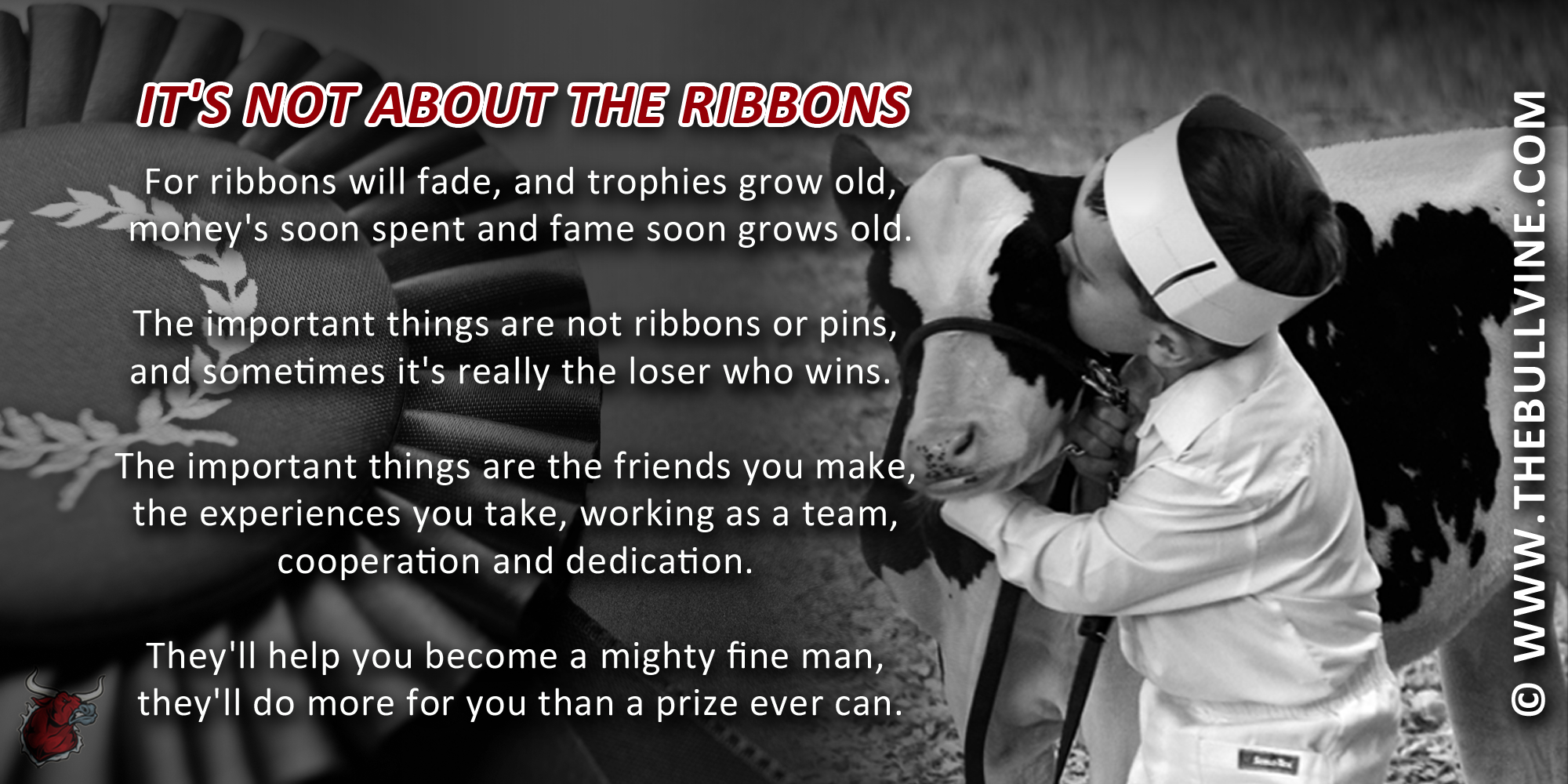
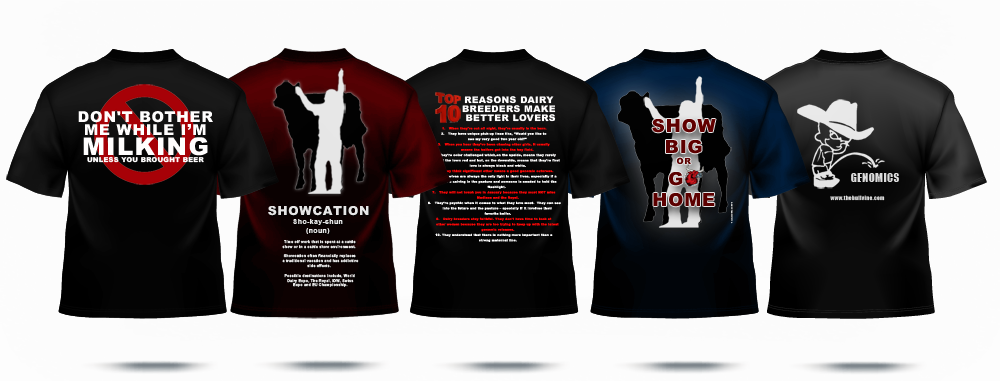
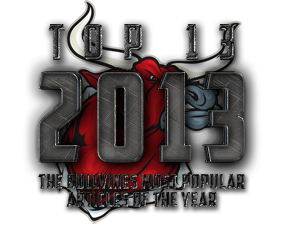
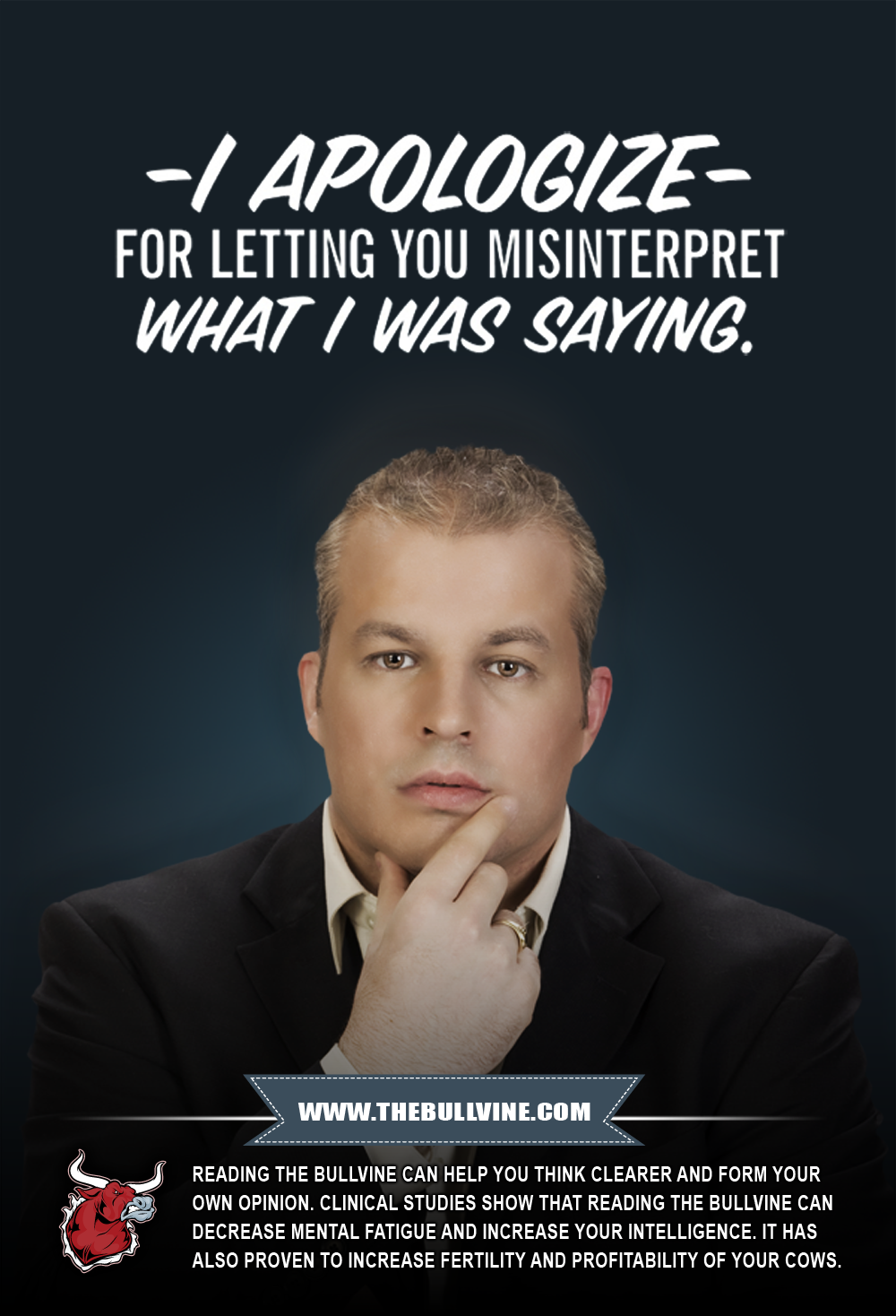 So why do I behave the way I do. Is it ’cause have a vendetta against people? Nope. Is it because I am jealous of others? Nope. Is it because I love to cause trouble? Well maybe. But the real reason I do what I do is because someone has to speak up and lead change. And I am just the person who is narcissistic enough to do so. You see change is not easy. And leading change is even harder.
So why do I behave the way I do. Is it ’cause have a vendetta against people? Nope. Is it because I am jealous of others? Nope. Is it because I love to cause trouble? Well maybe. But the real reason I do what I do is because someone has to speak up and lead change. And I am just the person who is narcissistic enough to do so. You see change is not easy. And leading change is even harder.
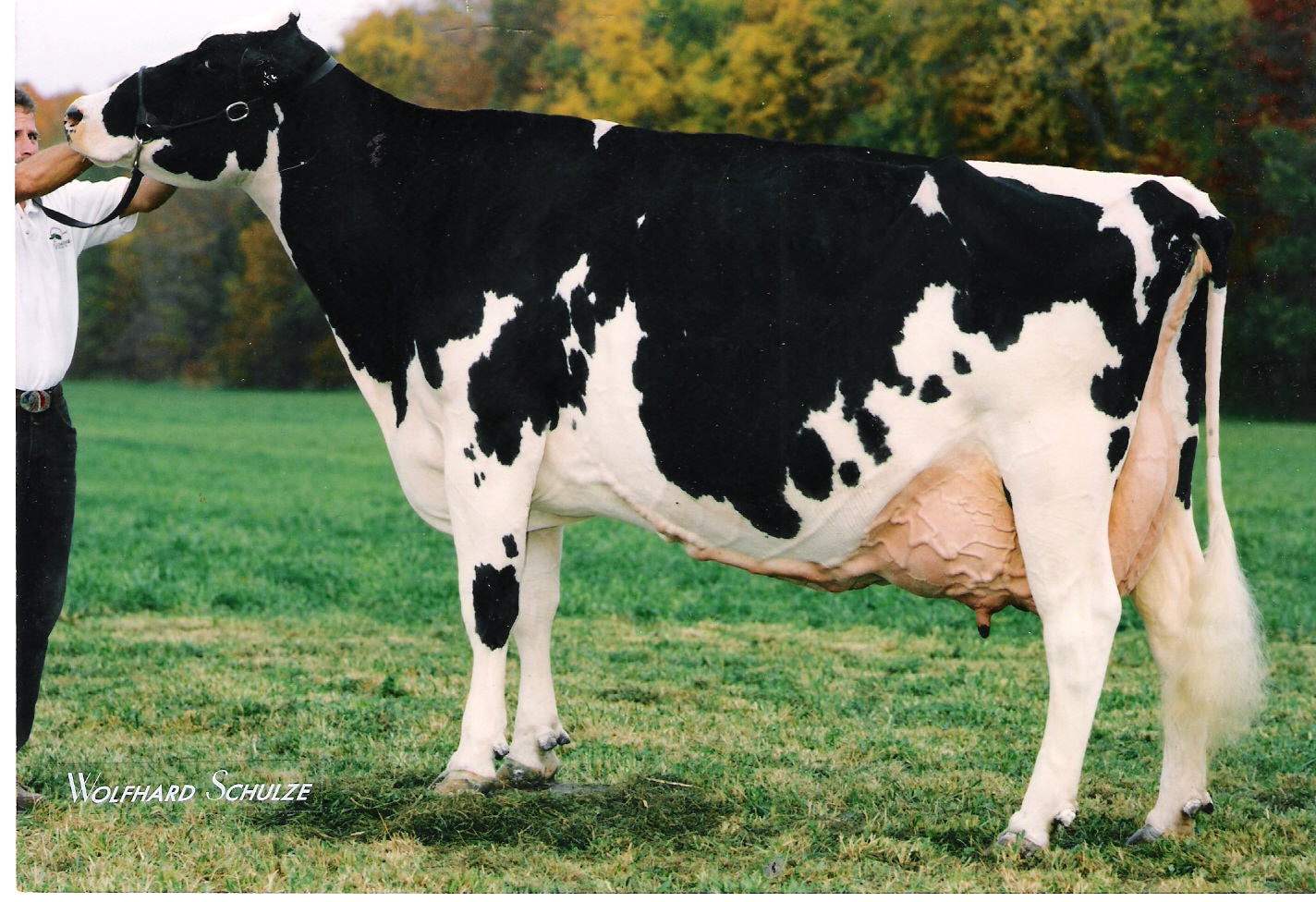
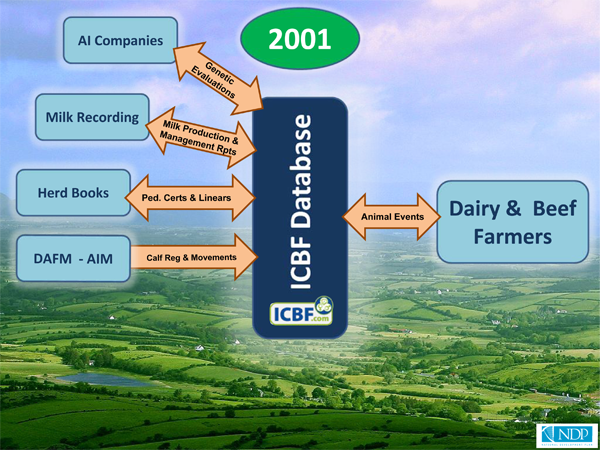
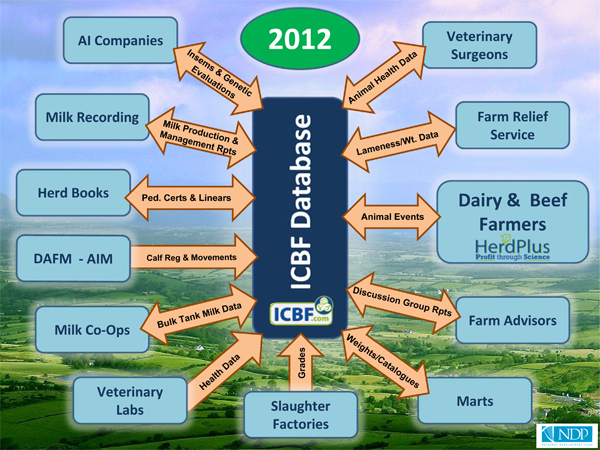
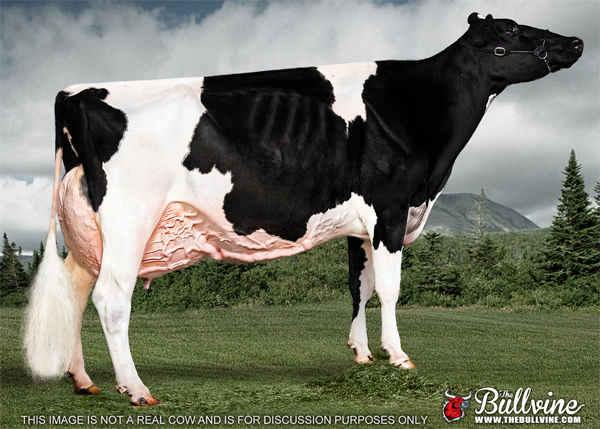
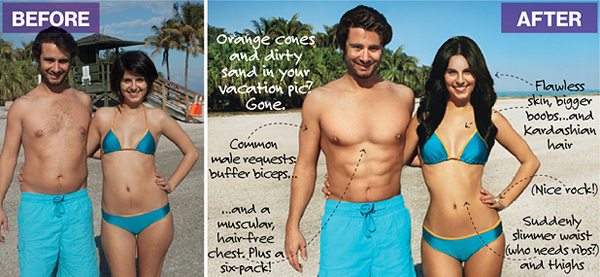
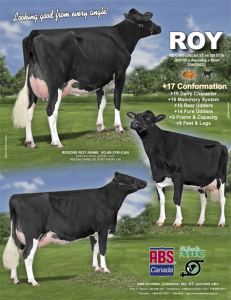

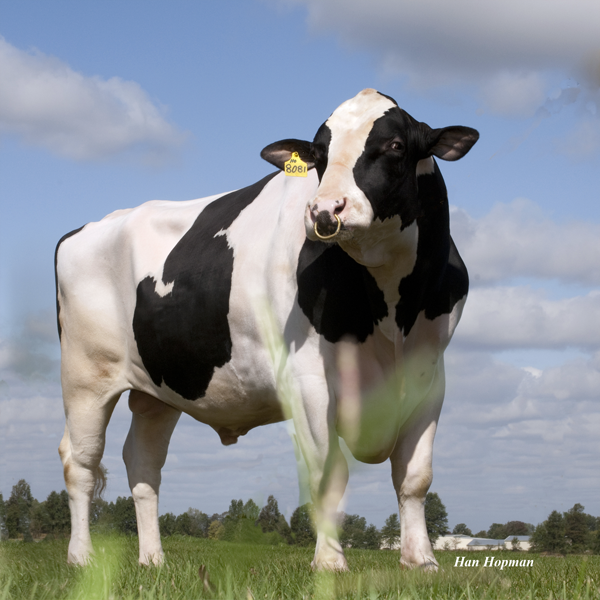






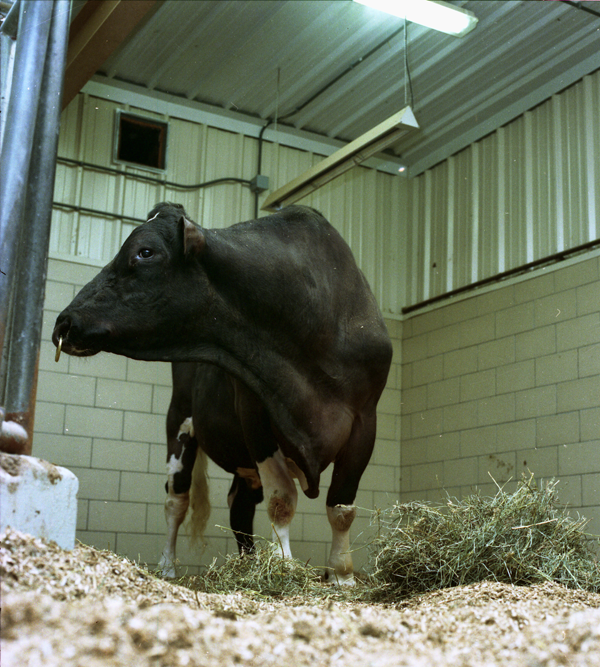
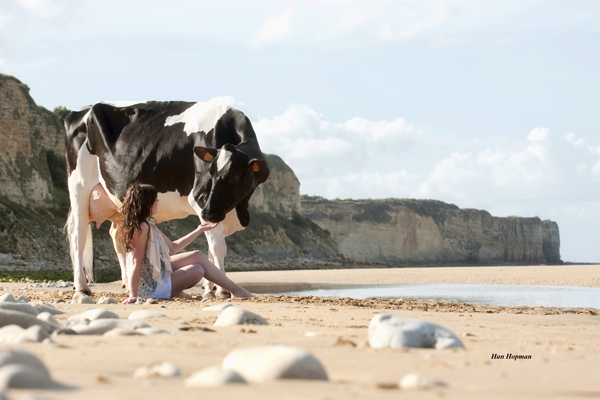
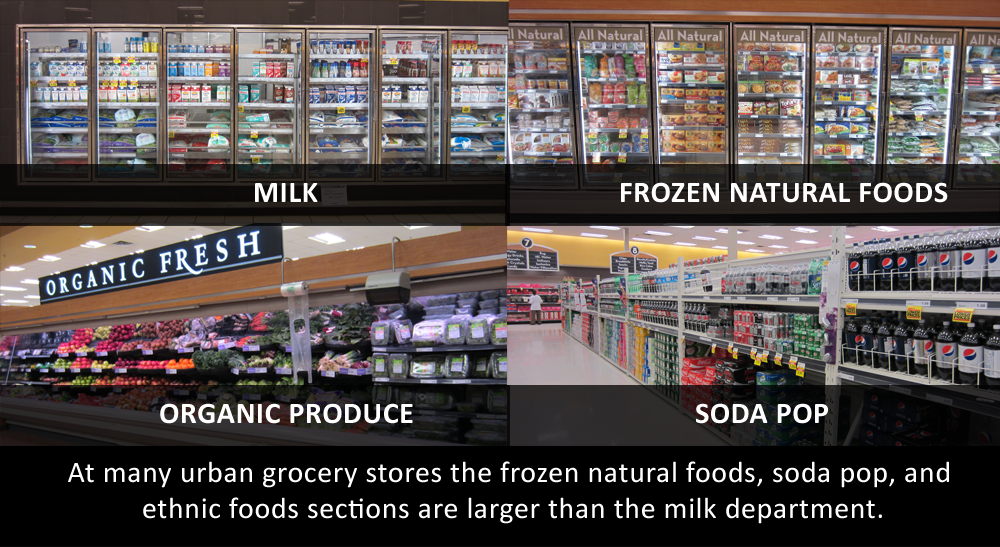
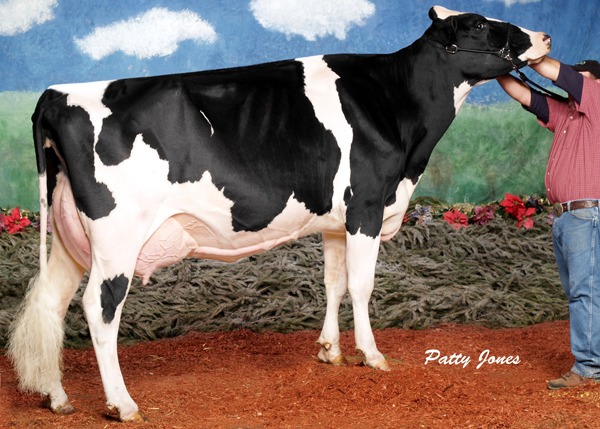
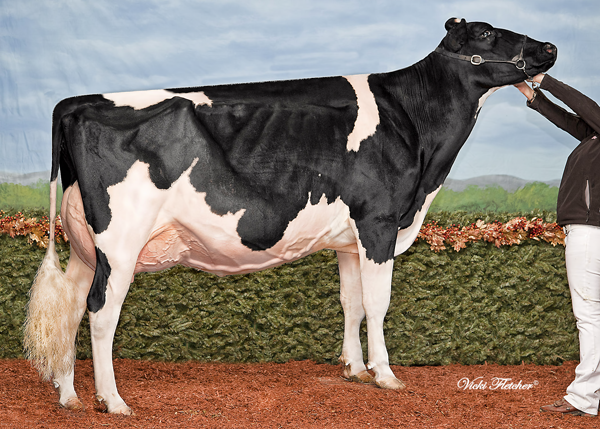
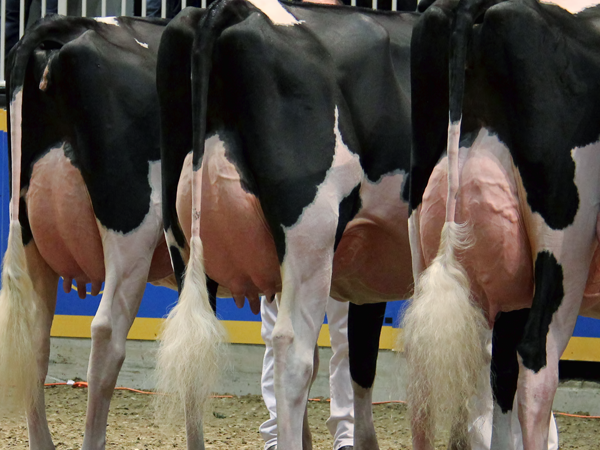
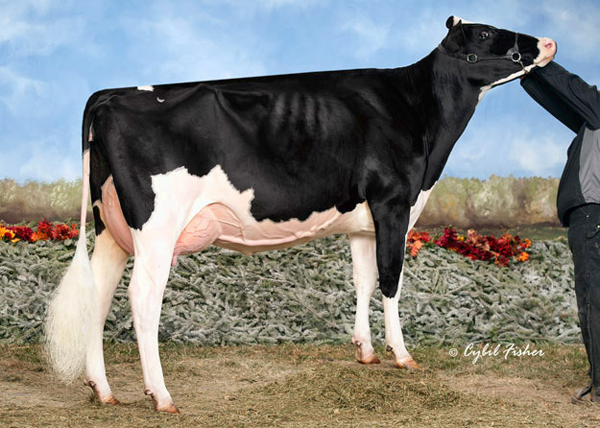
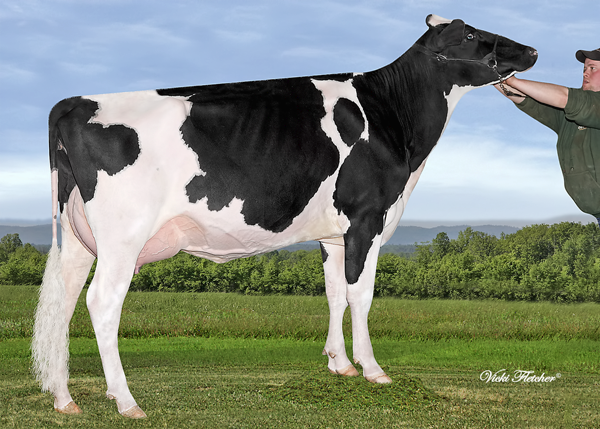
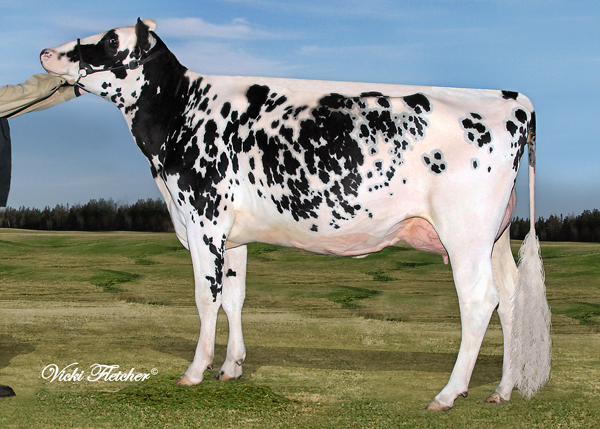
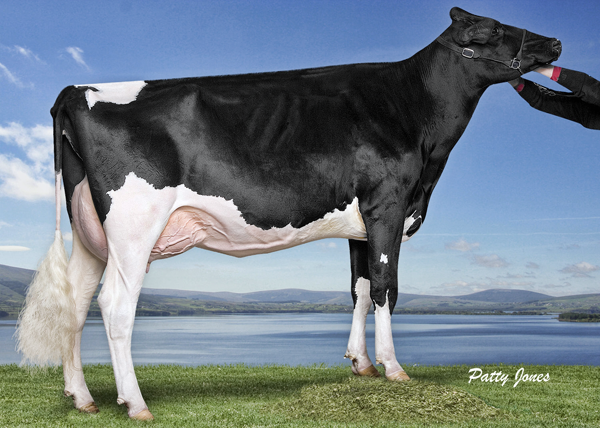
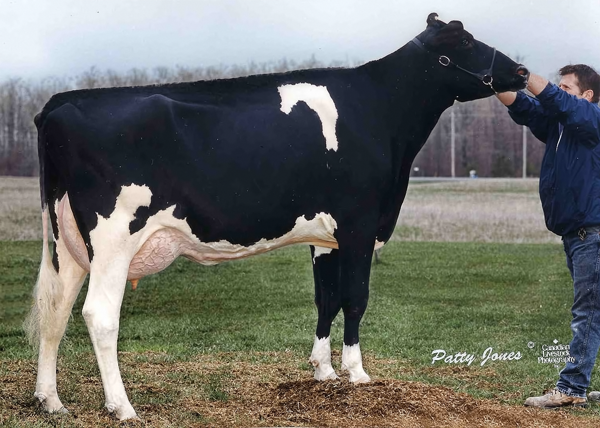
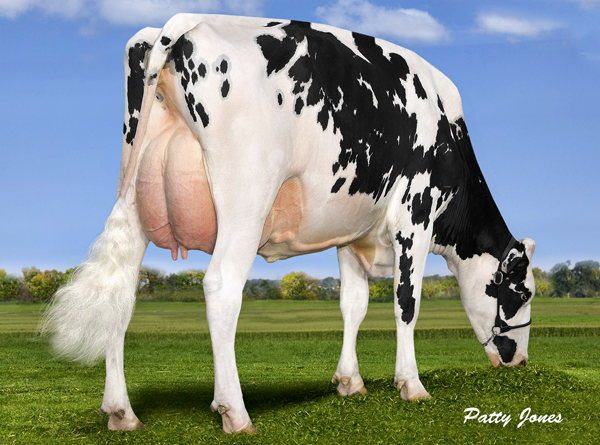
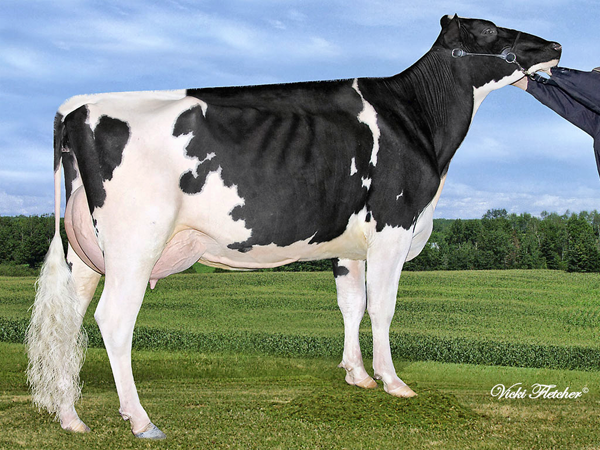
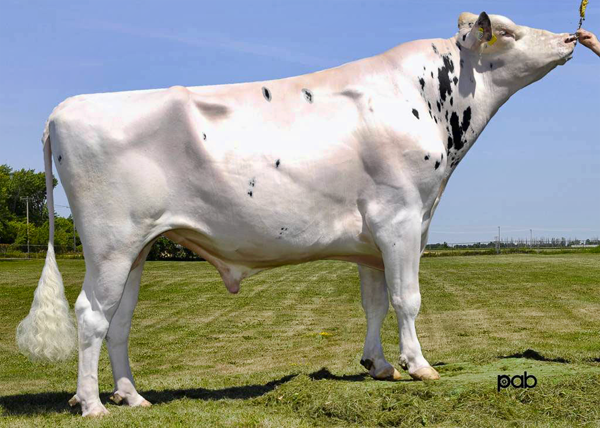
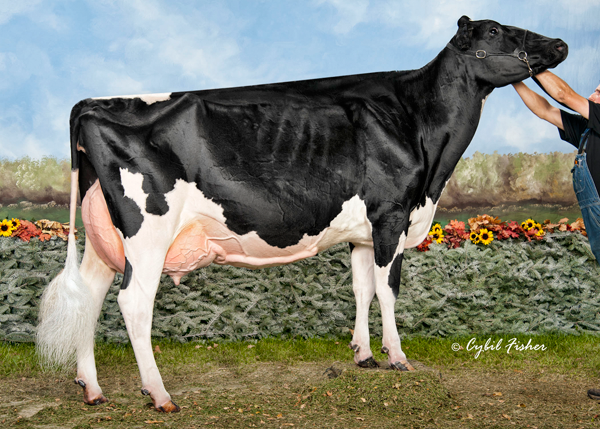
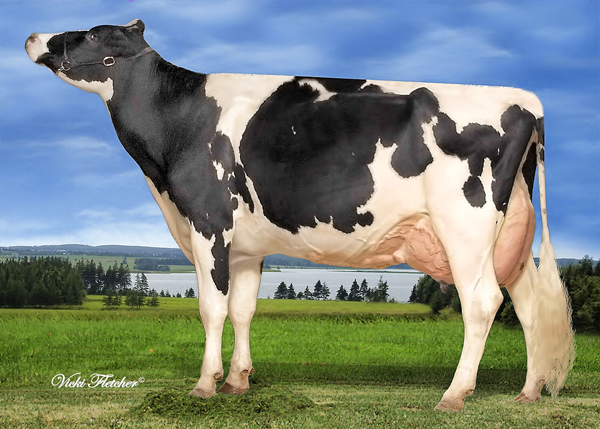
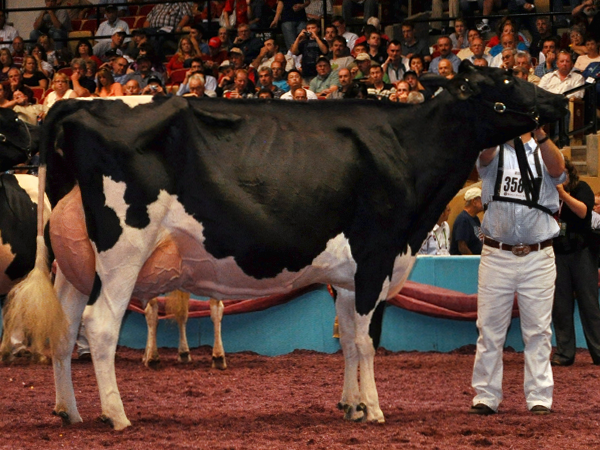
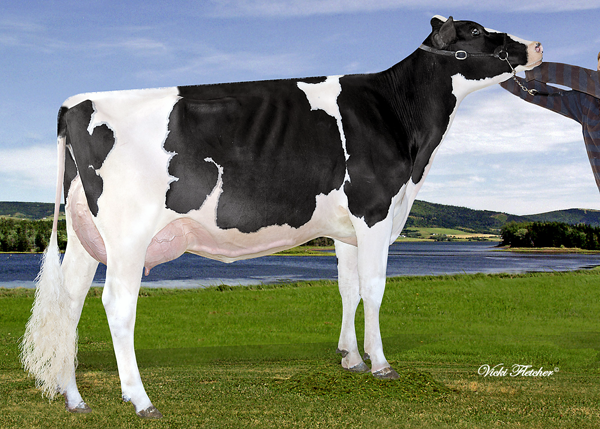
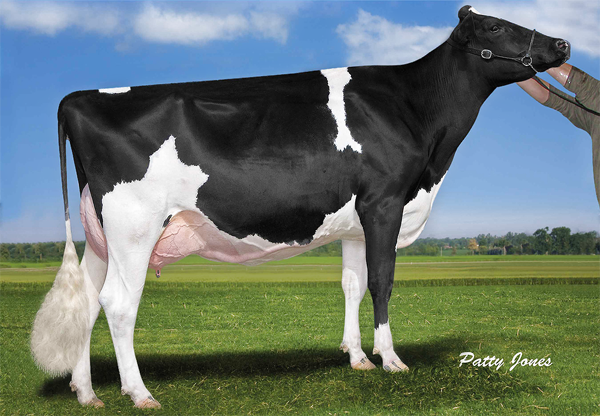
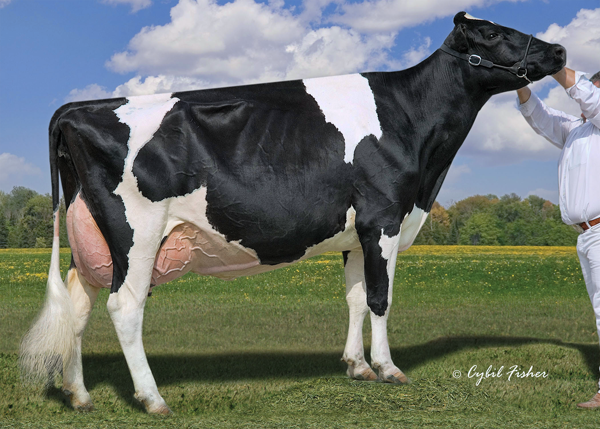
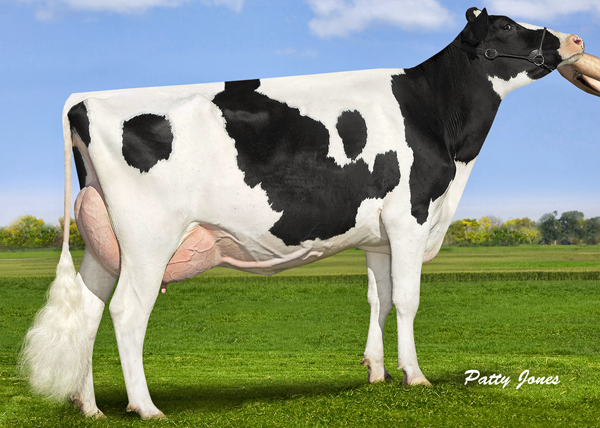

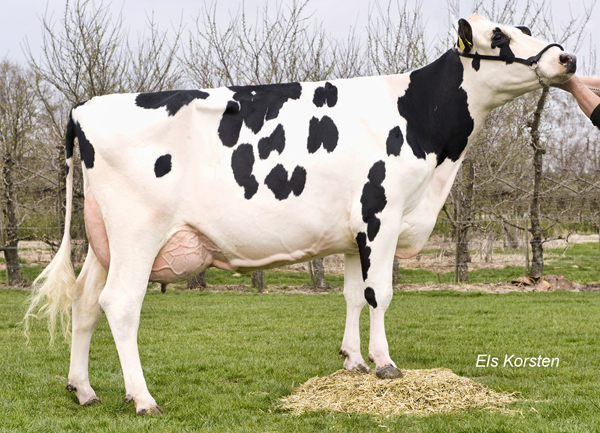
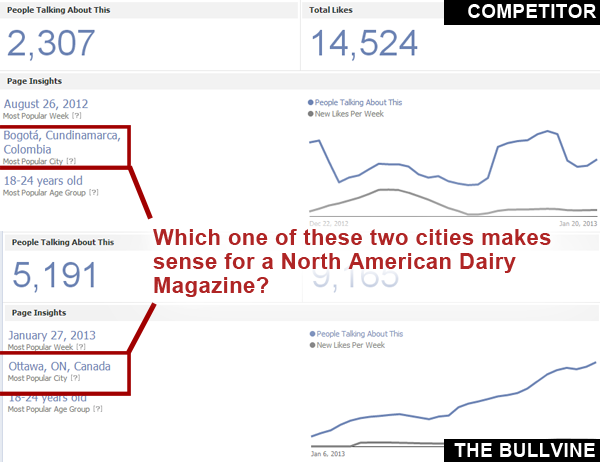
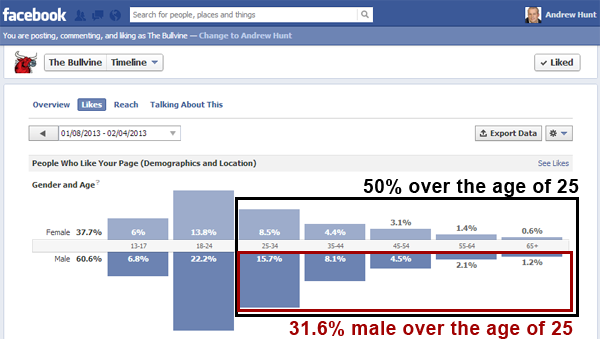
 For us here at the Bullvine Facebook has been one of the greatest sources for finding new readers. One of our current subscribers reads something on our website, finds it interesting enough to share it or make a comment about it on Facebook, and then
For us here at the Bullvine Facebook has been one of the greatest sources for finding new readers. One of our current subscribers reads something on our website, finds it interesting enough to share it or make a comment about it on Facebook, and then 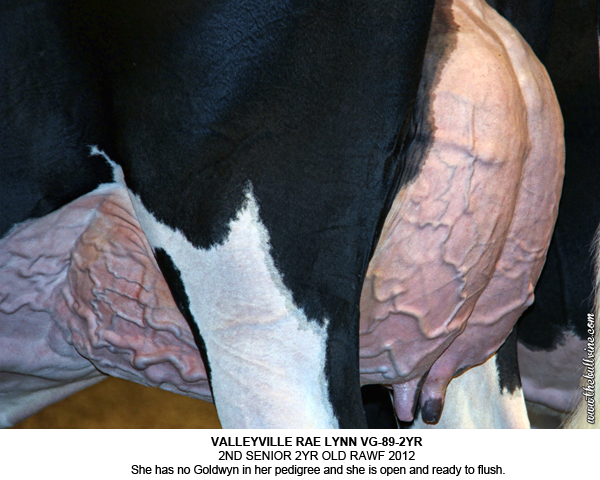

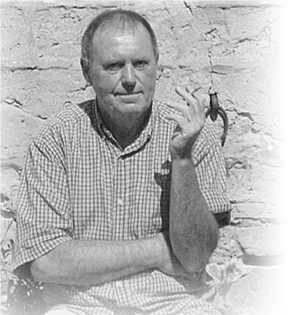
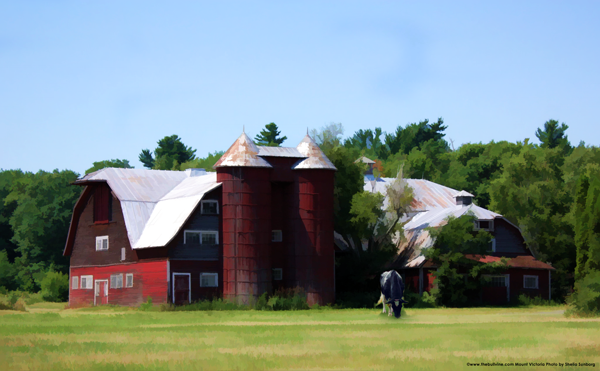
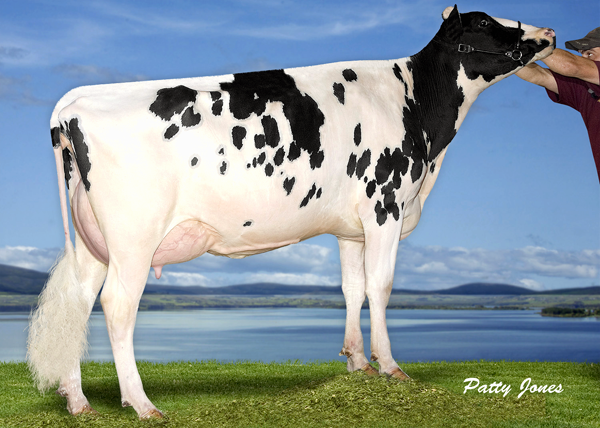
 Have you seen any beautiful cows lately? If you know of artist Gary Sauder you can quickly answer, “Yes!” Gary’s detailed paintings make you feel as if you are actually there viewing the animal on the farm or over a fence. His chosen technique of super-realism reflects the pride he takes in accurate portrayals of the cattle who are his subjects. He goes beyond photographic to artistic and many clients feel that owning his work is very special. Alta Mae Core shares her experience. “We have had the privilege to work with Gary on several occasions. The first being a pencil drawing of our farm favorite KCJF Regency Treasure. Since then he has done numerous other paintings of several of our cows both past and present. I think his extraordinary talent stems from his knowledge and passion for ‘cows’ in general. When you combine that knowledge and passion with his god given gift, it is easy to see why his work is truly one of a kind.
Have you seen any beautiful cows lately? If you know of artist Gary Sauder you can quickly answer, “Yes!” Gary’s detailed paintings make you feel as if you are actually there viewing the animal on the farm or over a fence. His chosen technique of super-realism reflects the pride he takes in accurate portrayals of the cattle who are his subjects. He goes beyond photographic to artistic and many clients feel that owning his work is very special. Alta Mae Core shares her experience. “We have had the privilege to work with Gary on several occasions. The first being a pencil drawing of our farm favorite KCJF Regency Treasure. Since then he has done numerous other paintings of several of our cows both past and present. I think his extraordinary talent stems from his knowledge and passion for ‘cows’ in general. When you combine that knowledge and passion with his god given gift, it is easy to see why his work is truly one of a kind.
